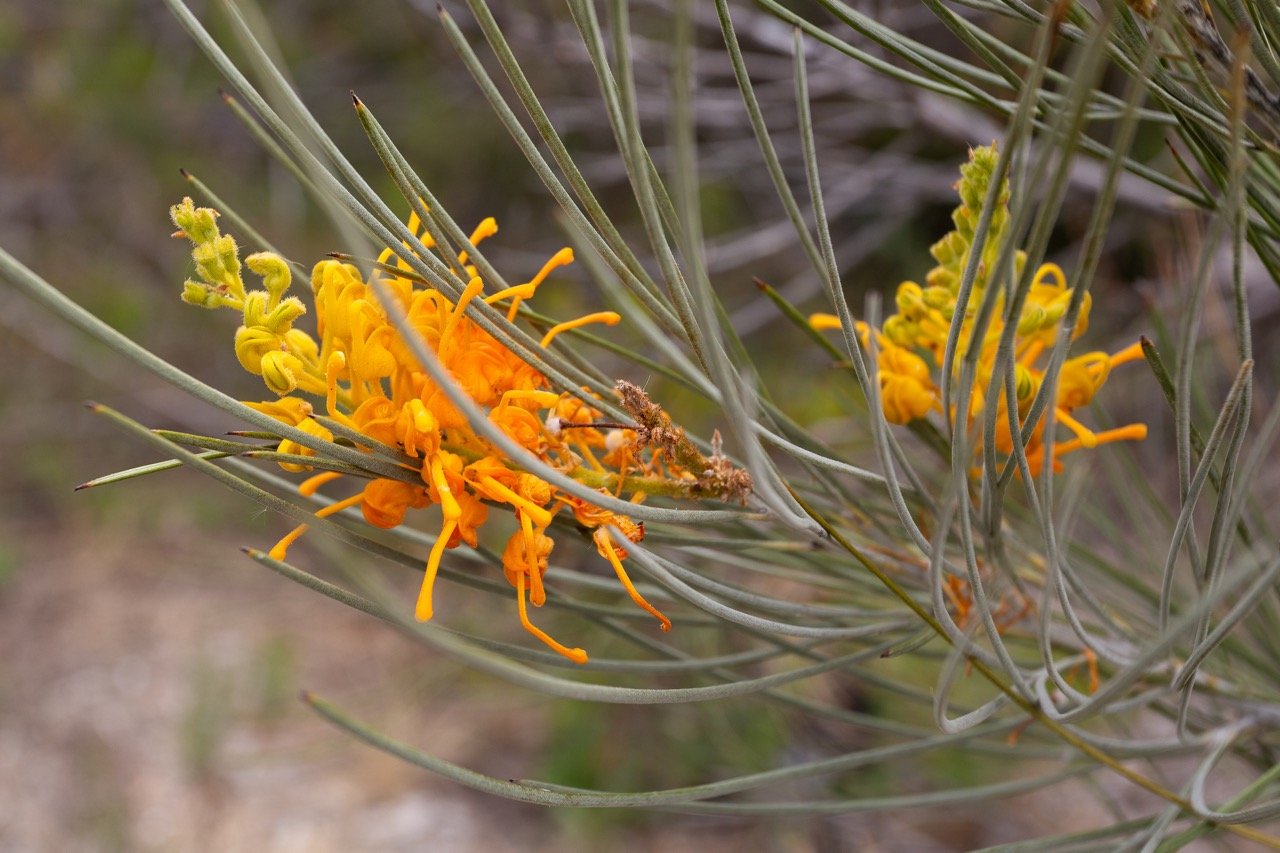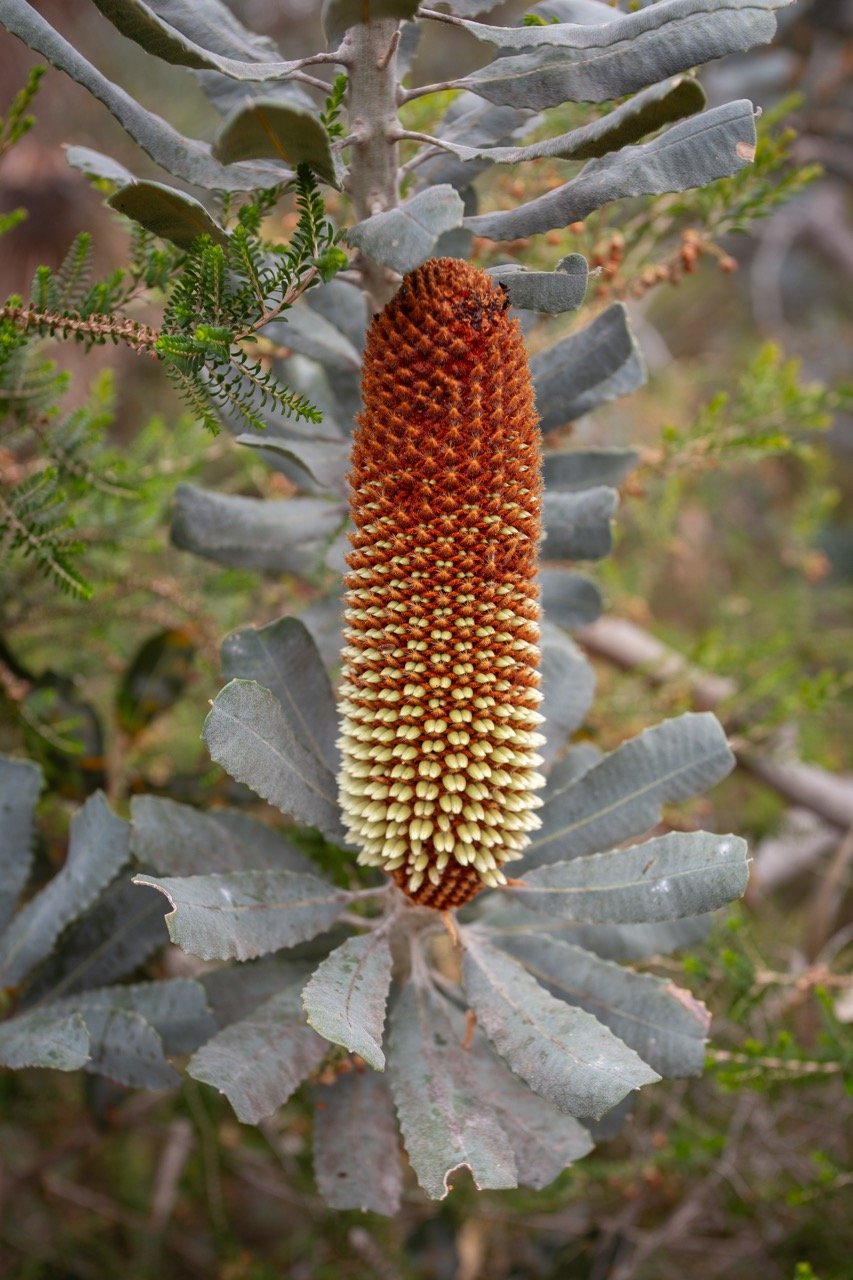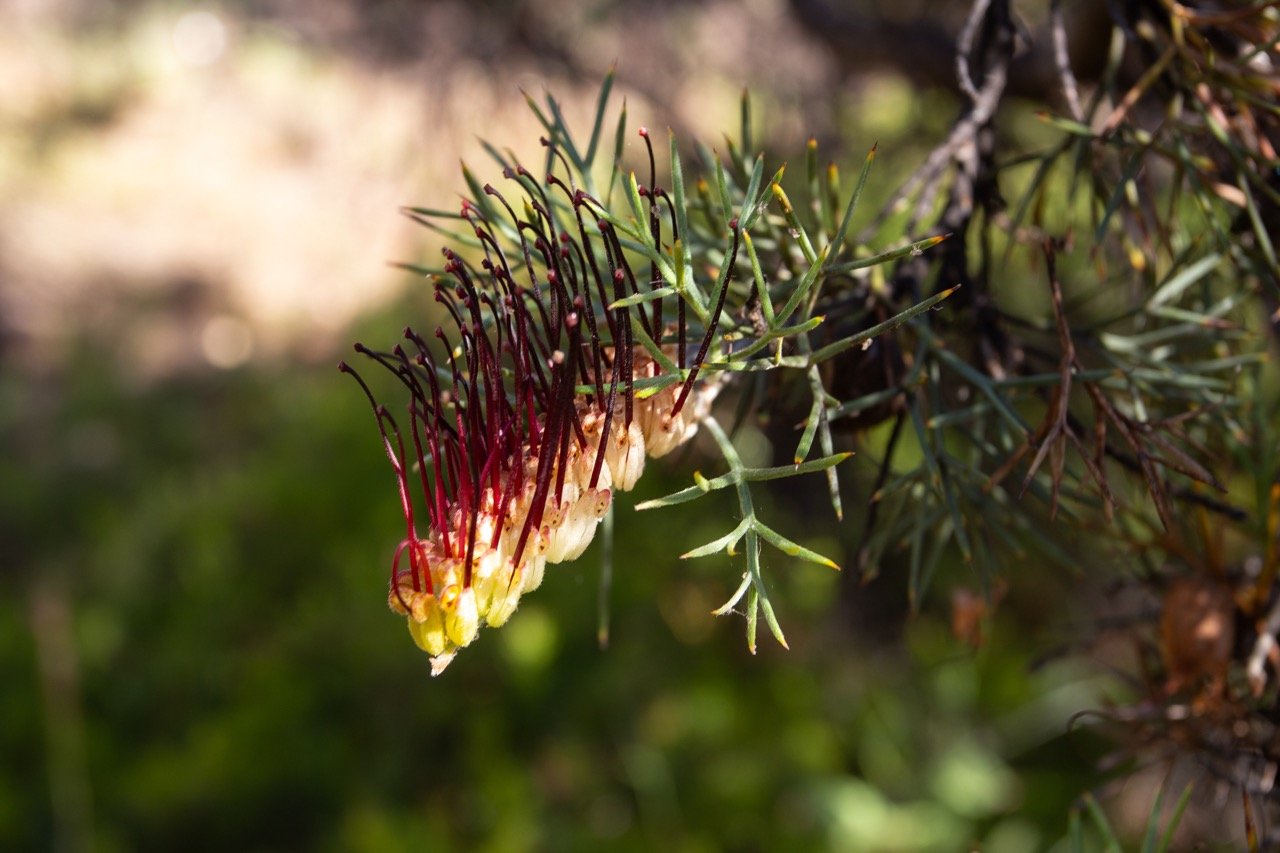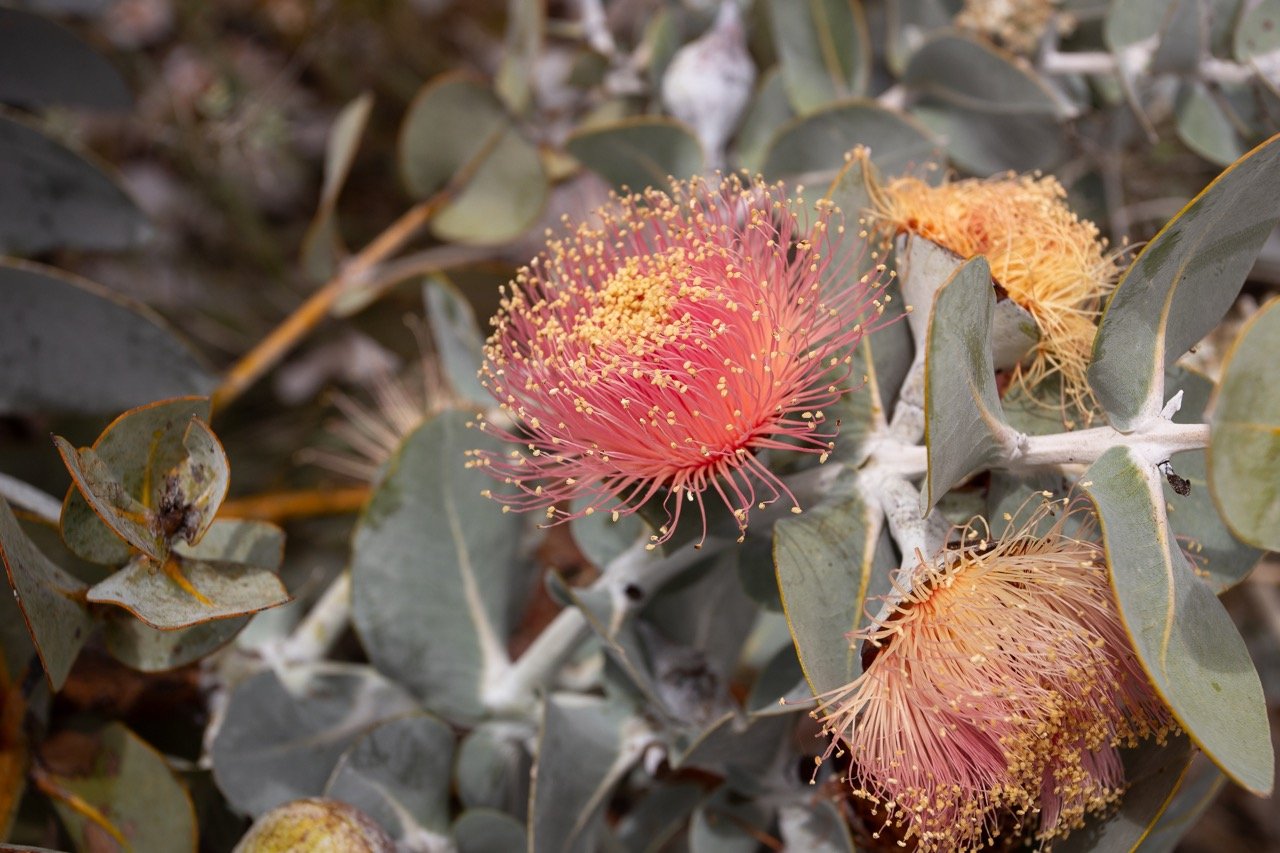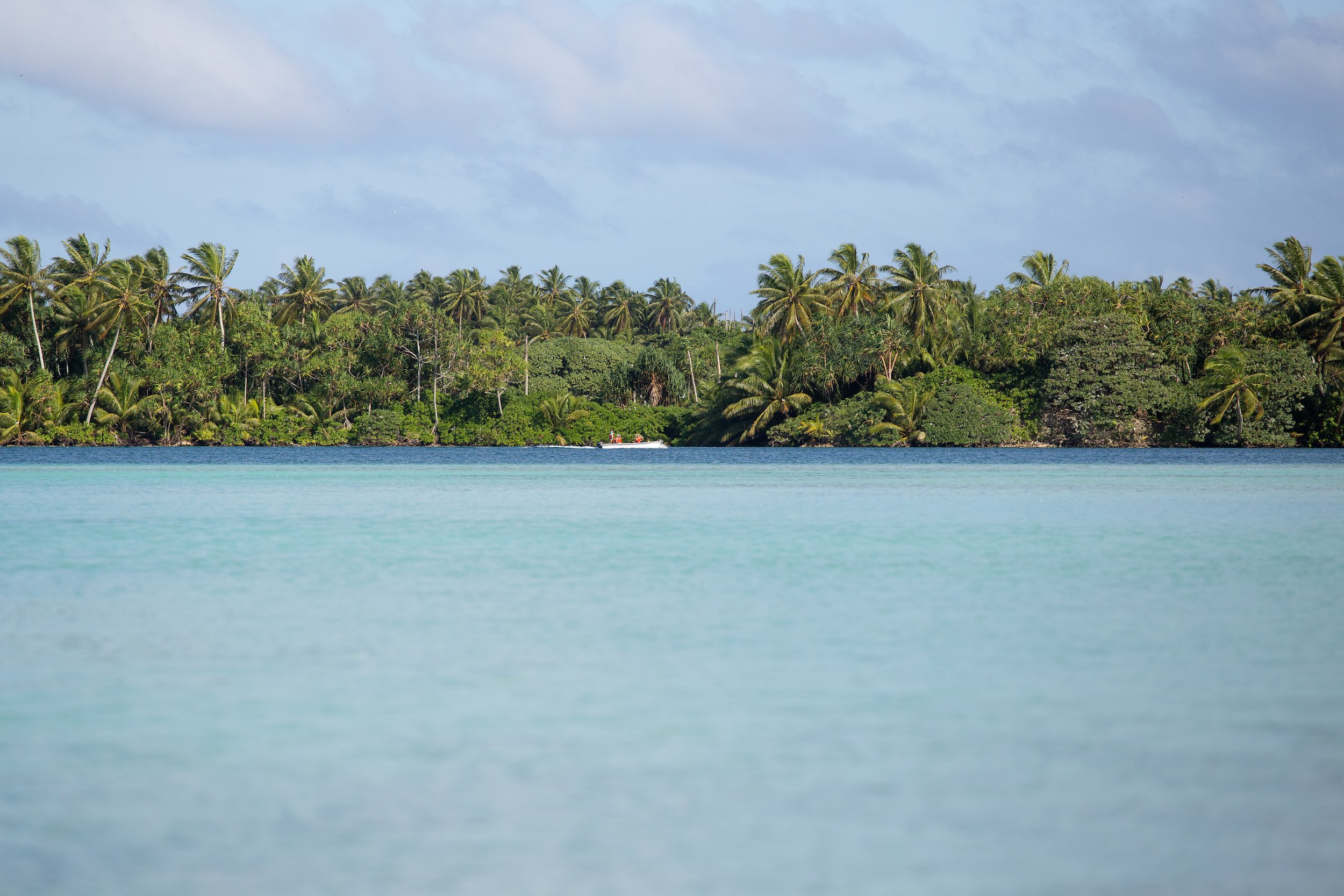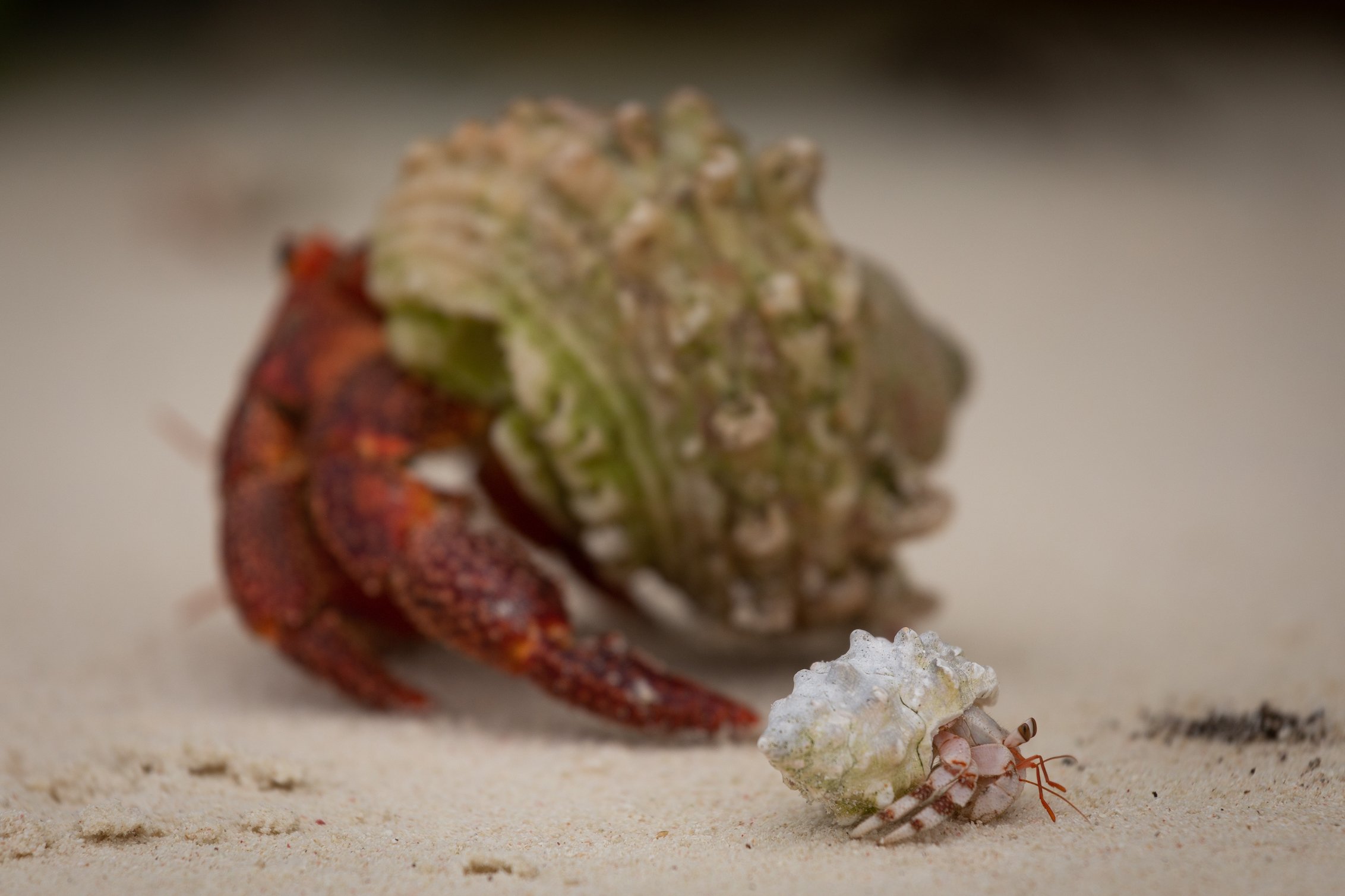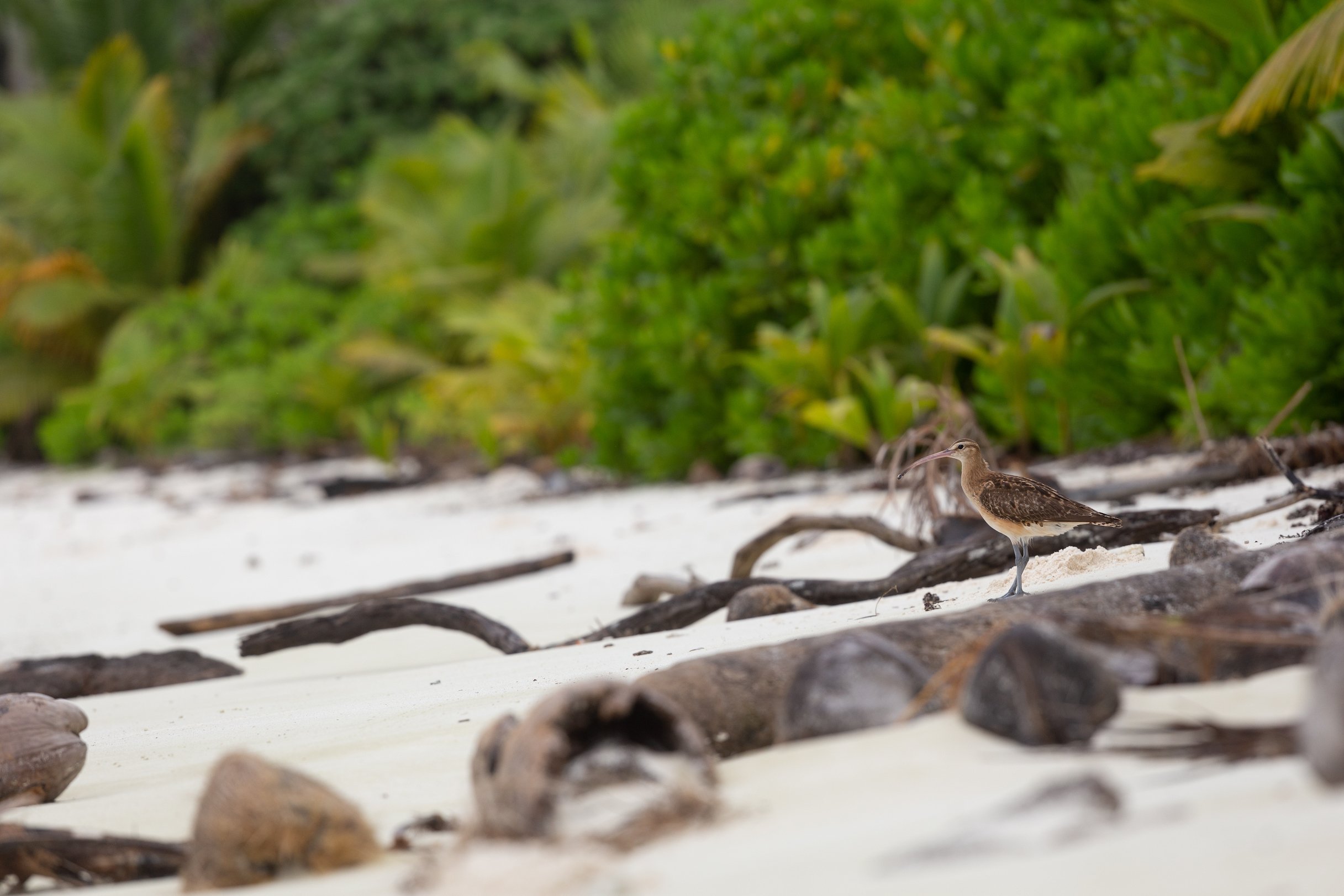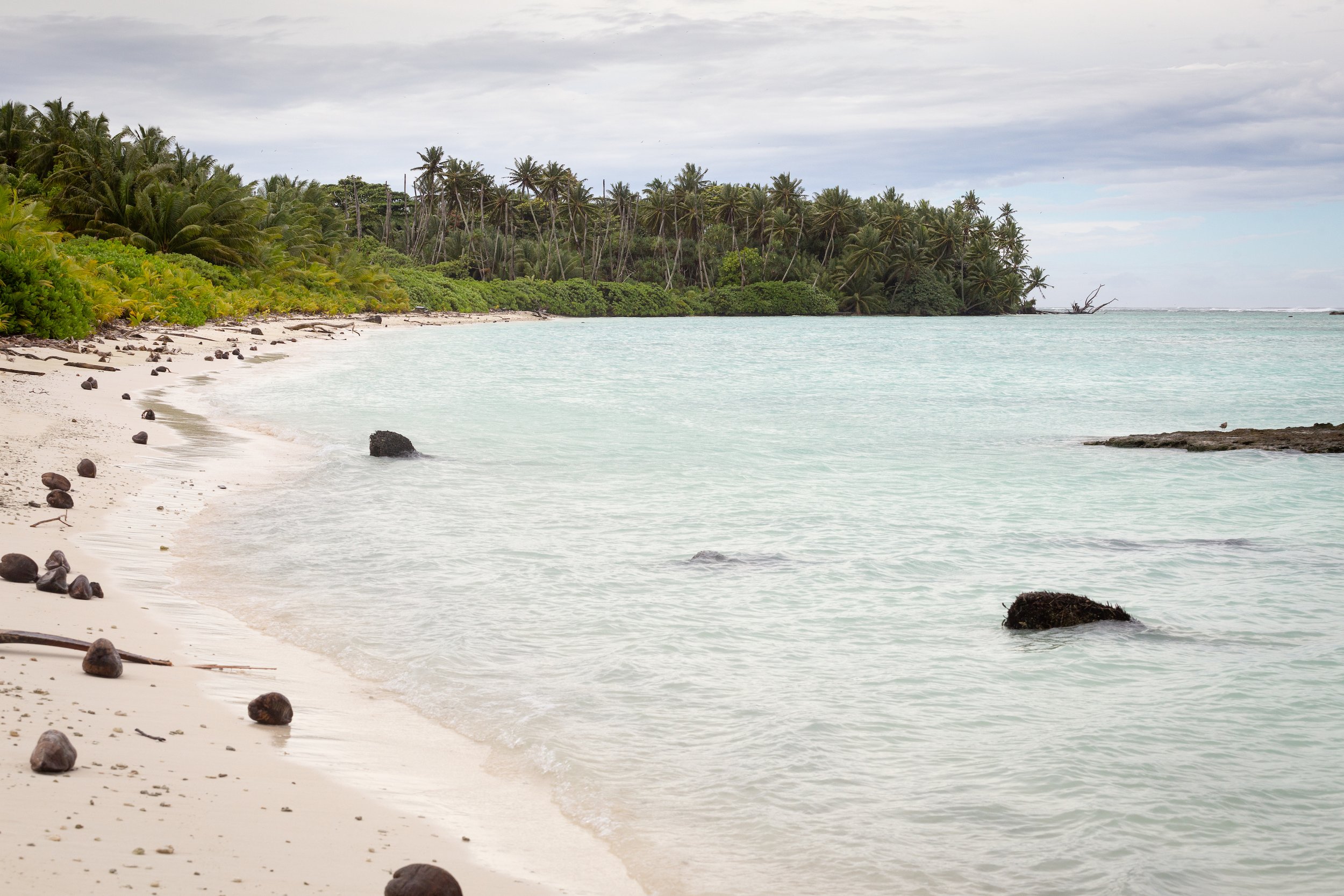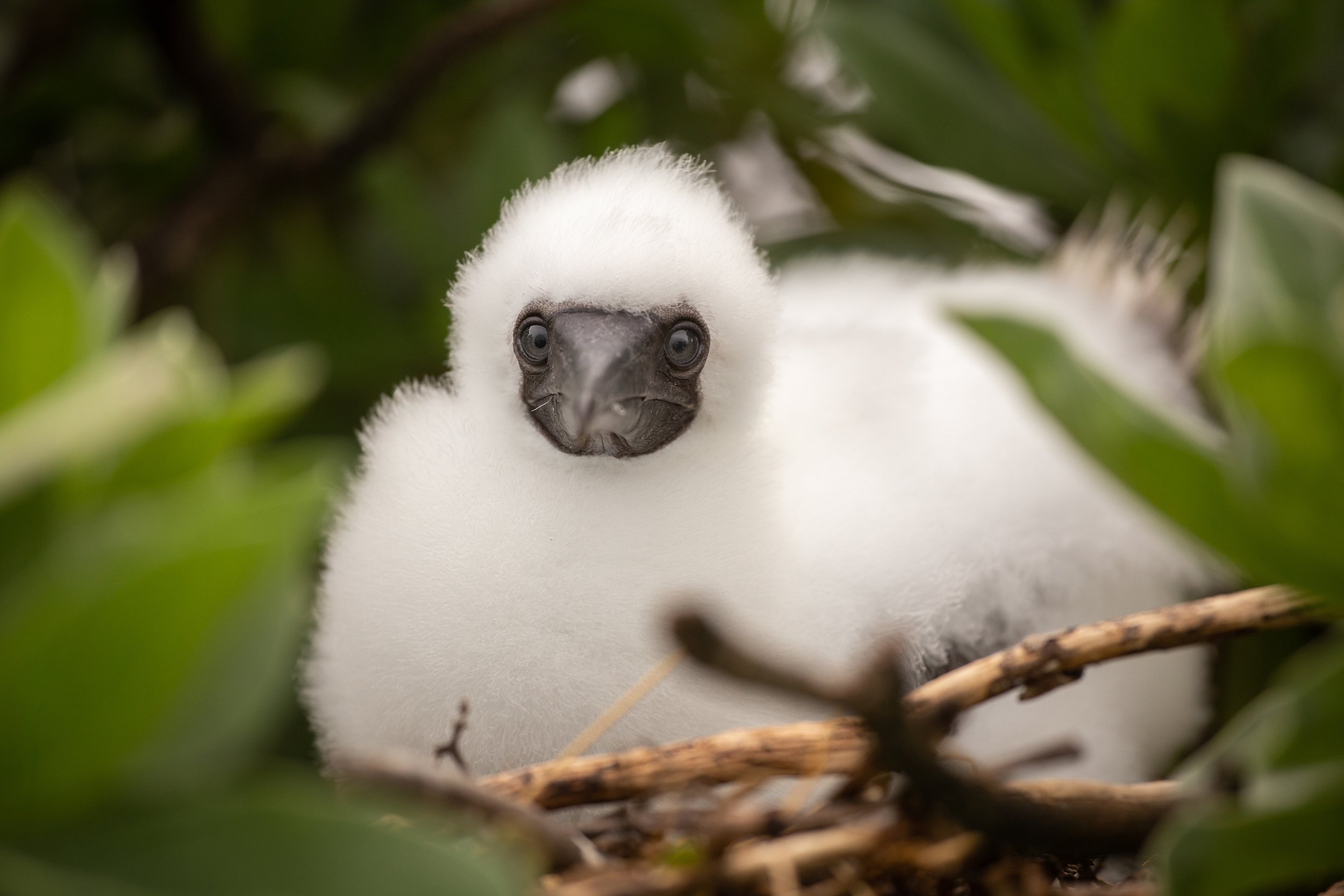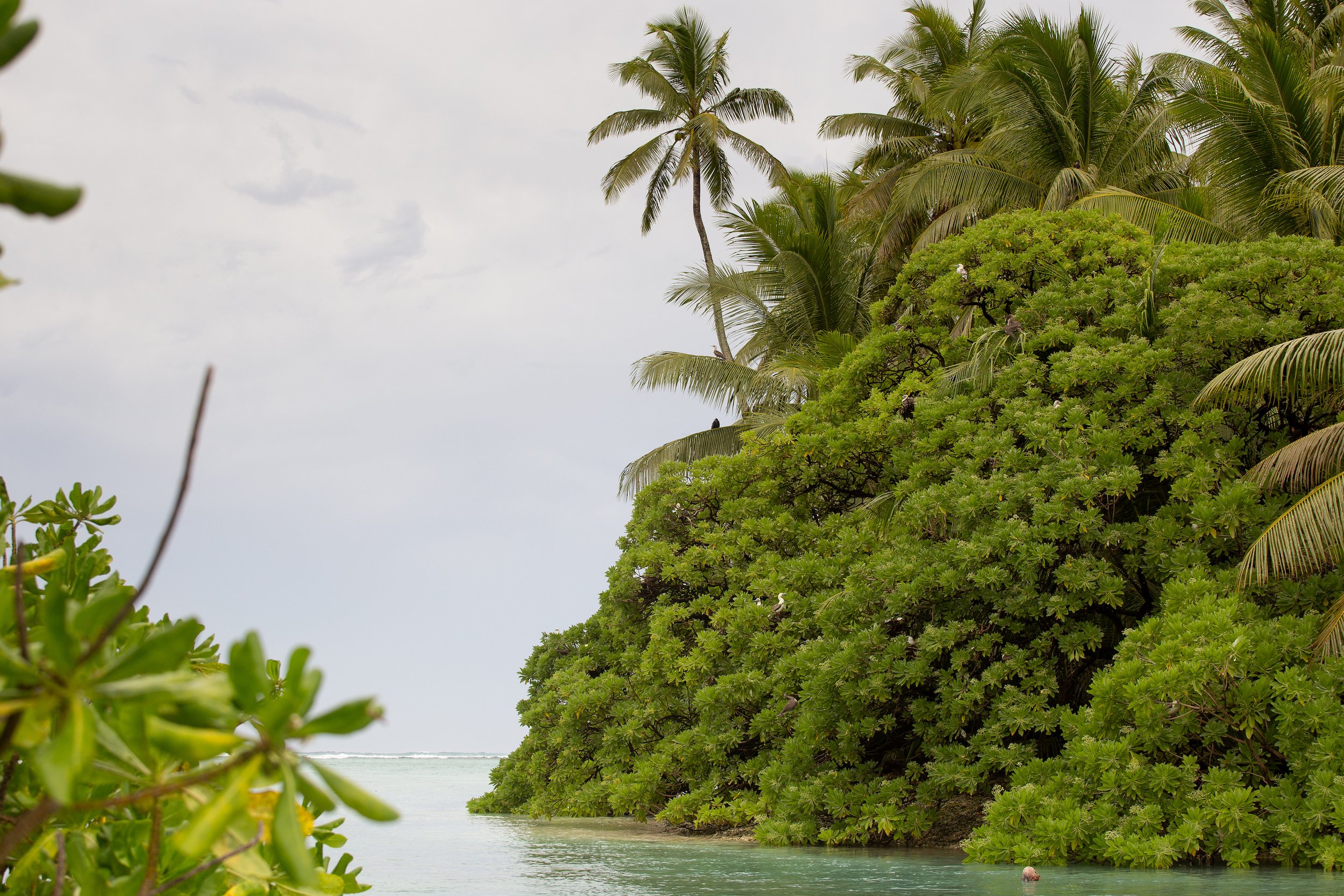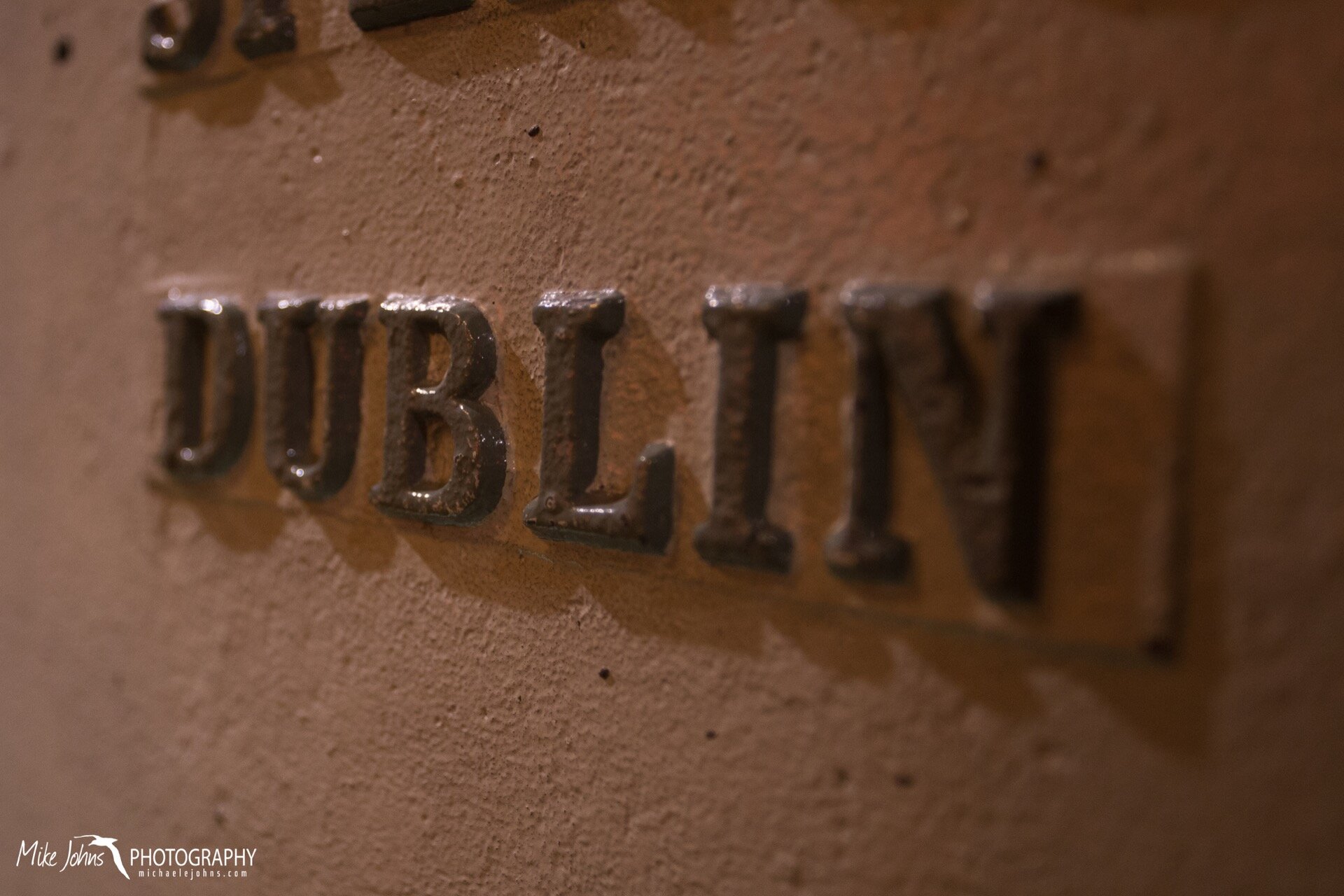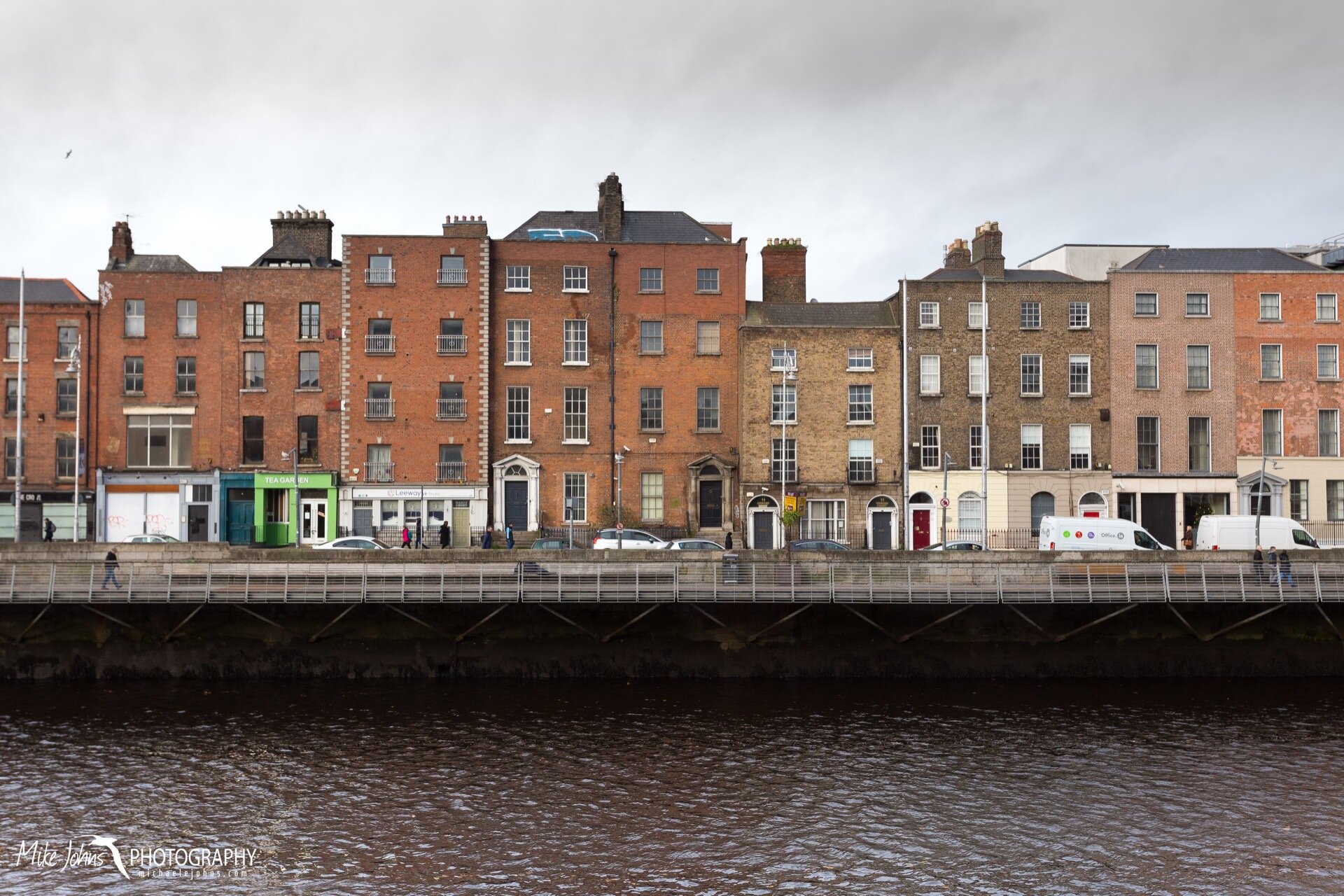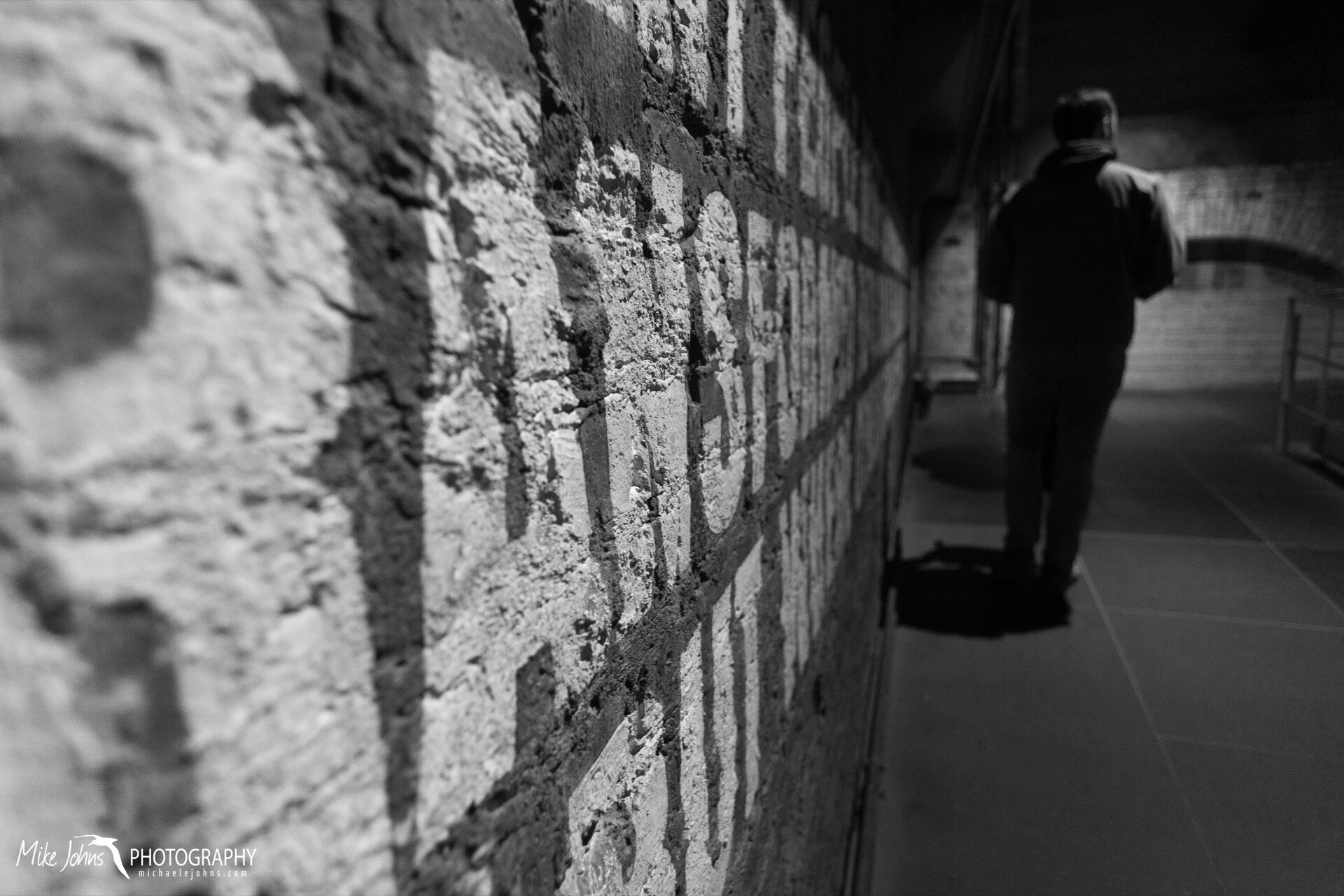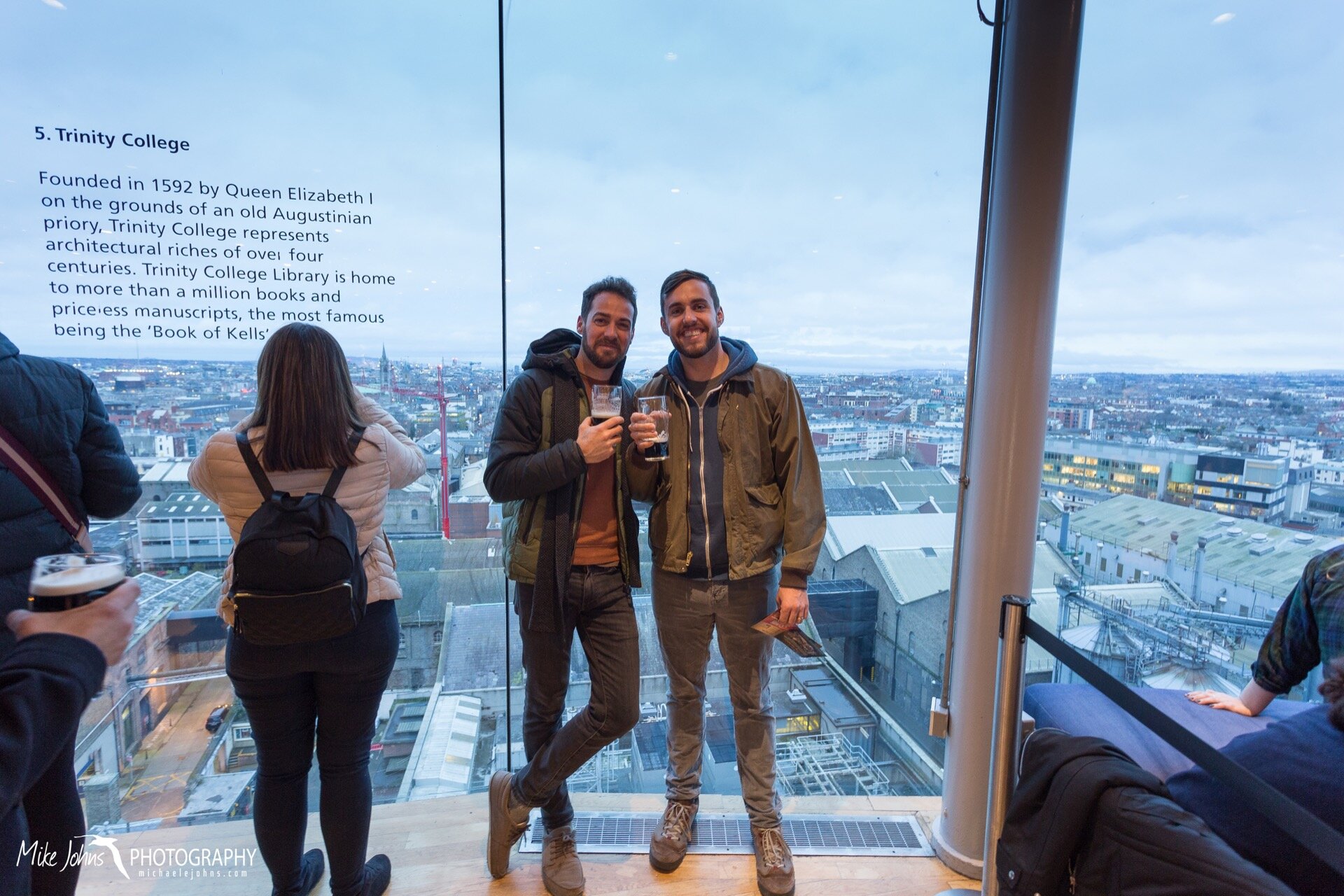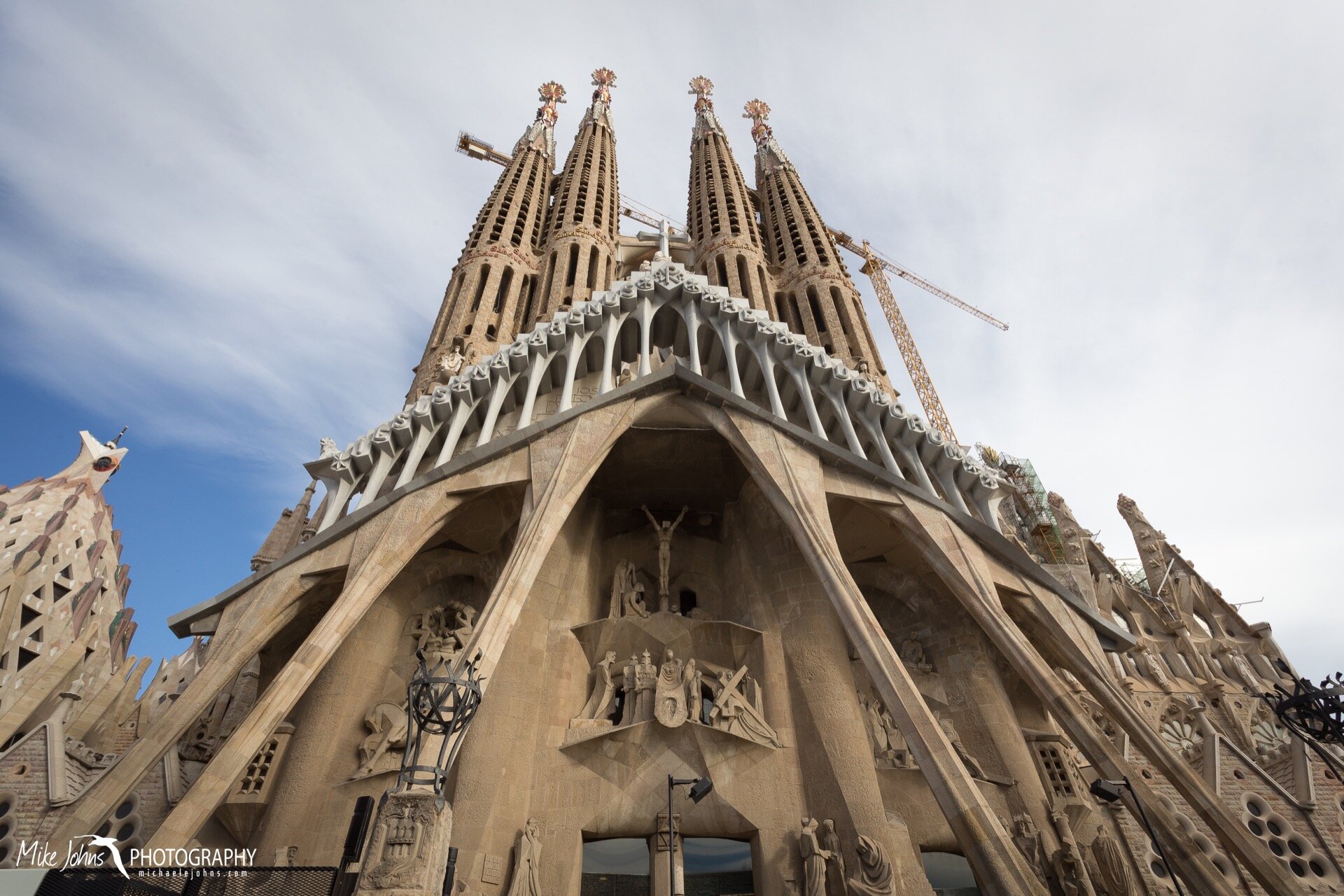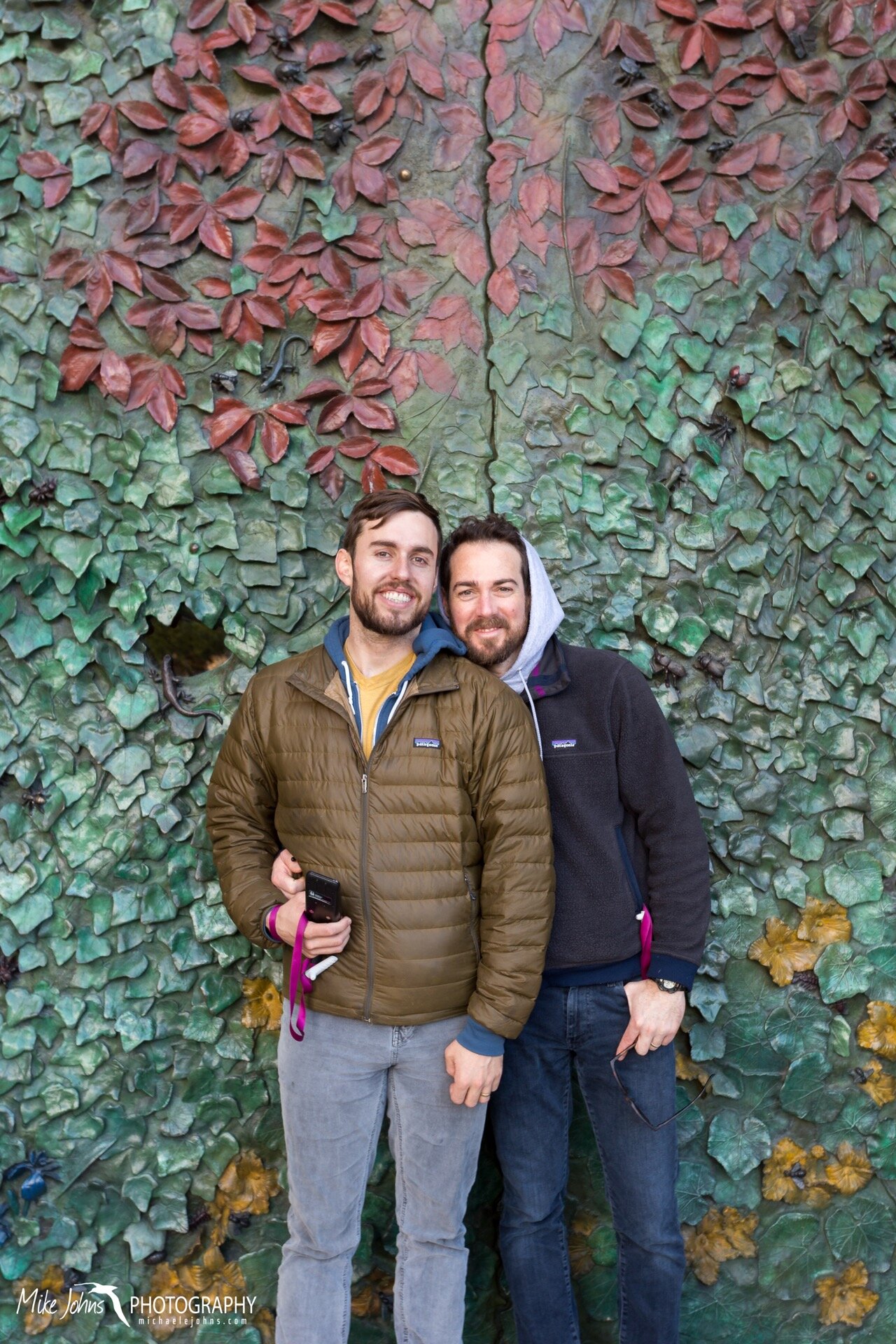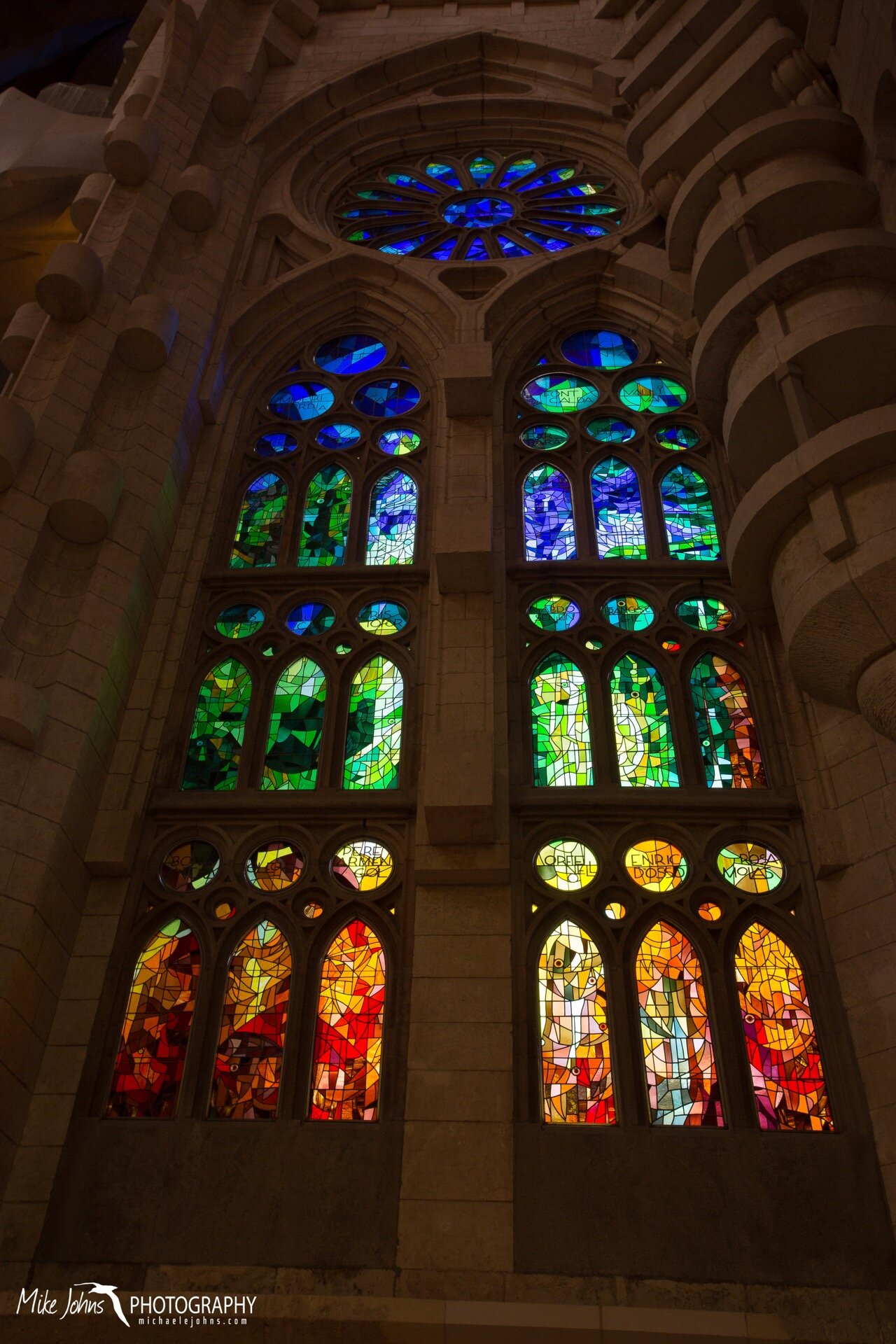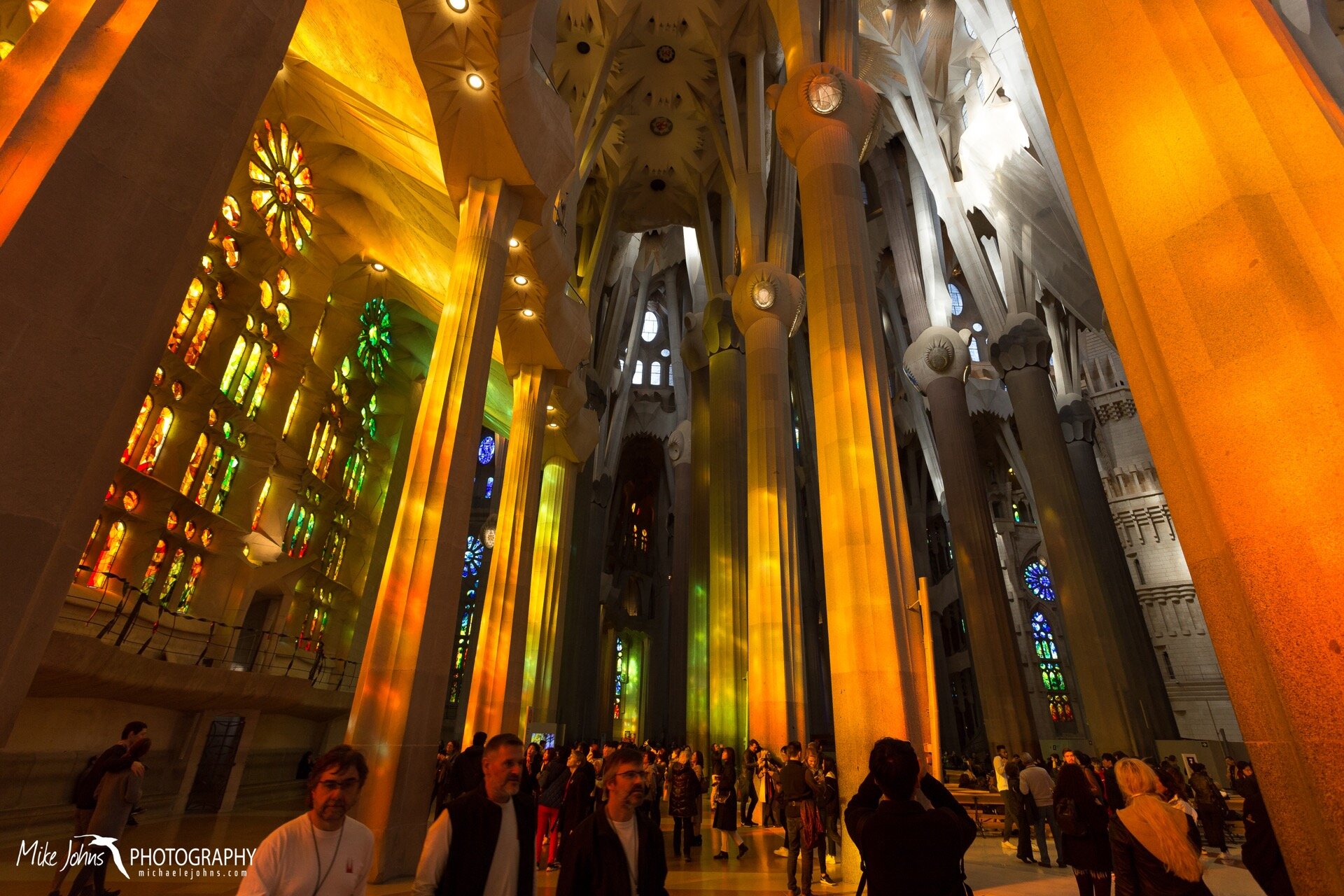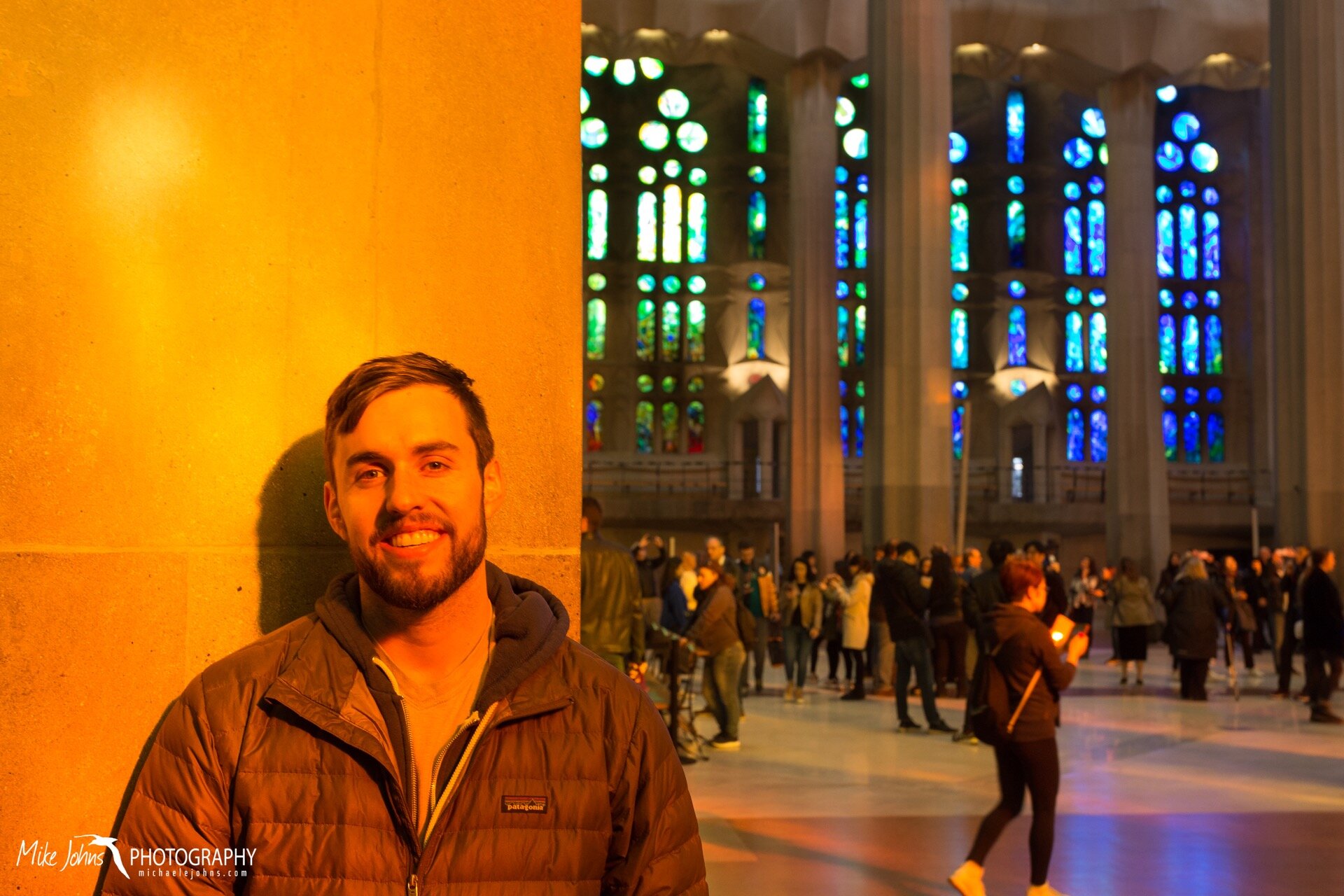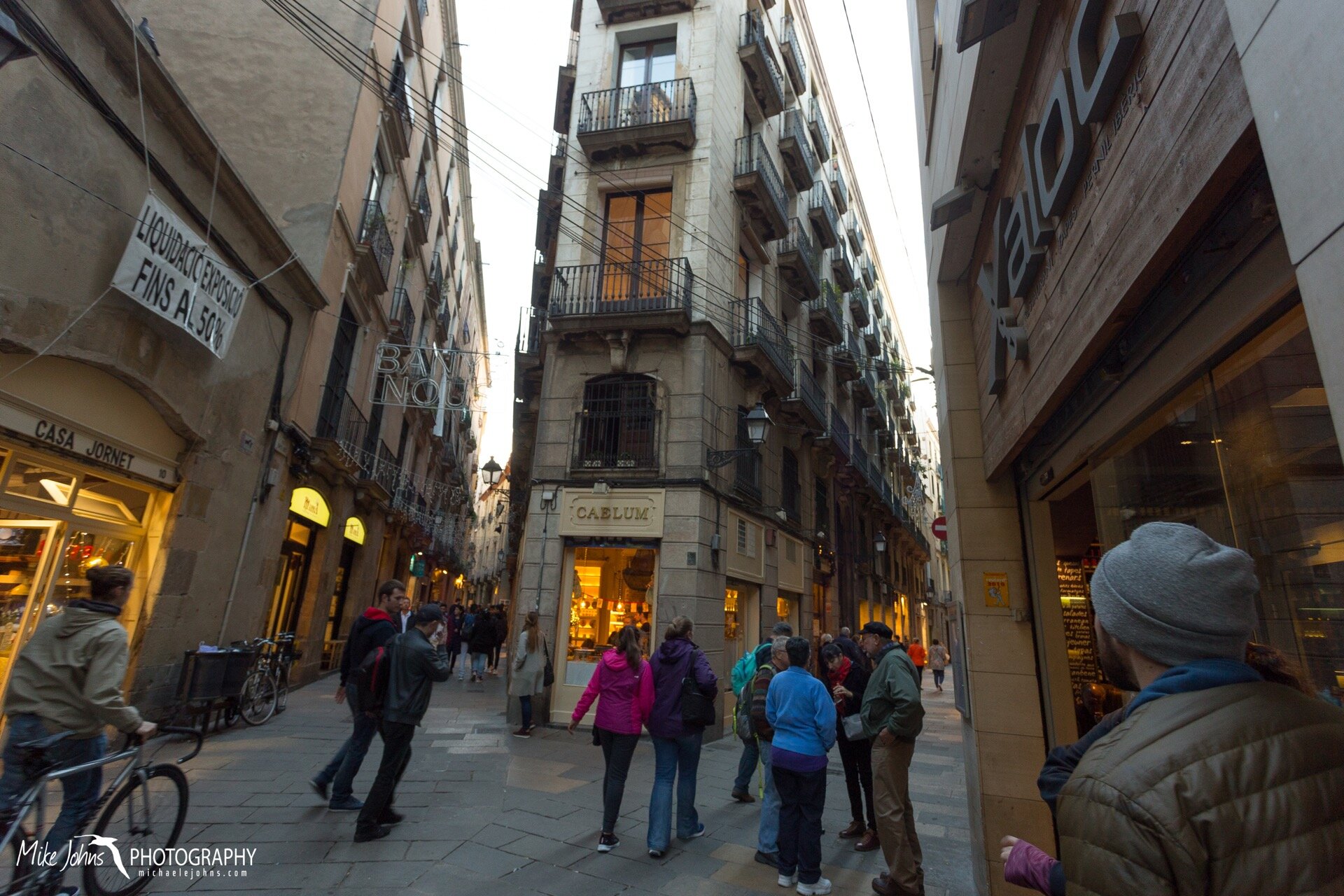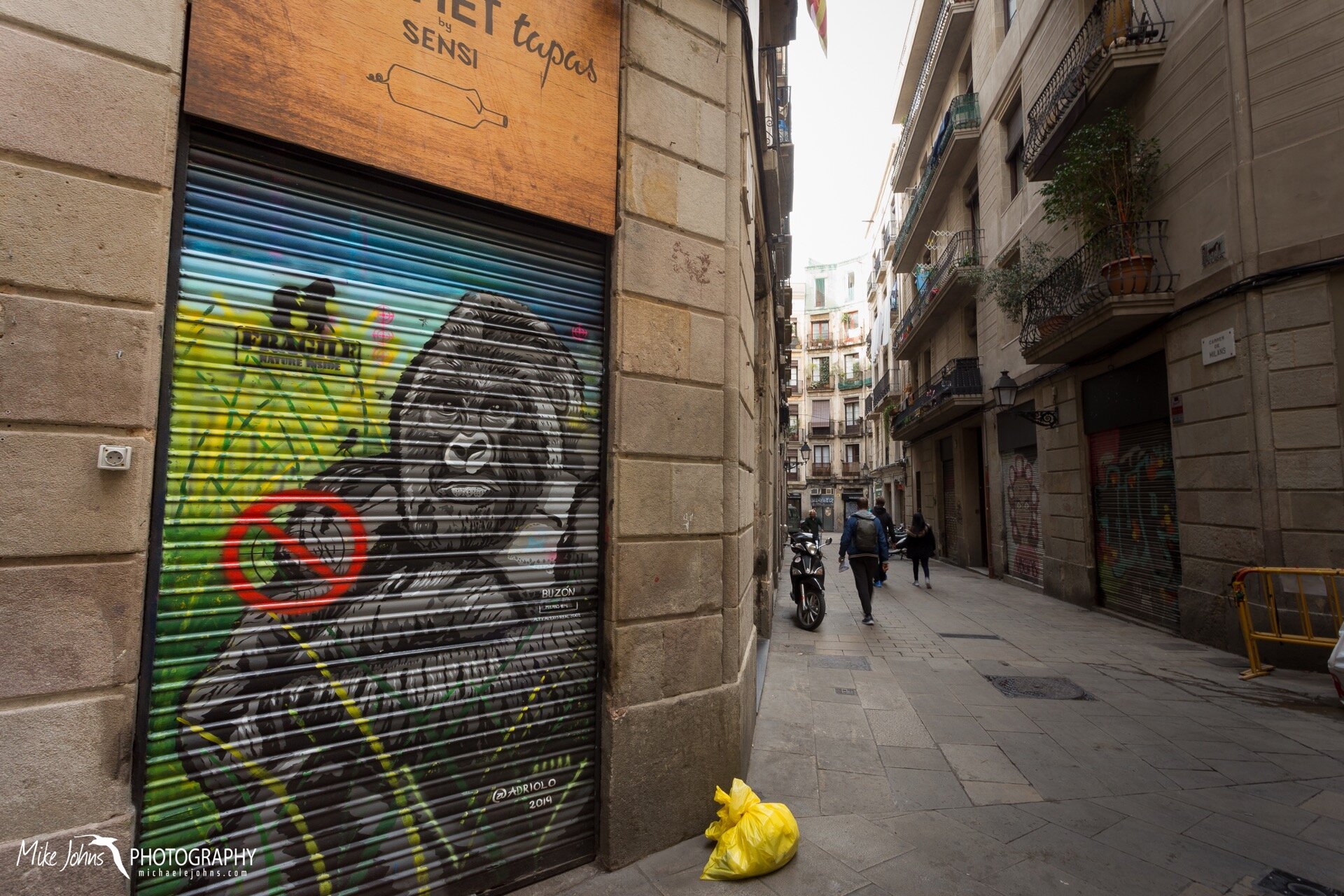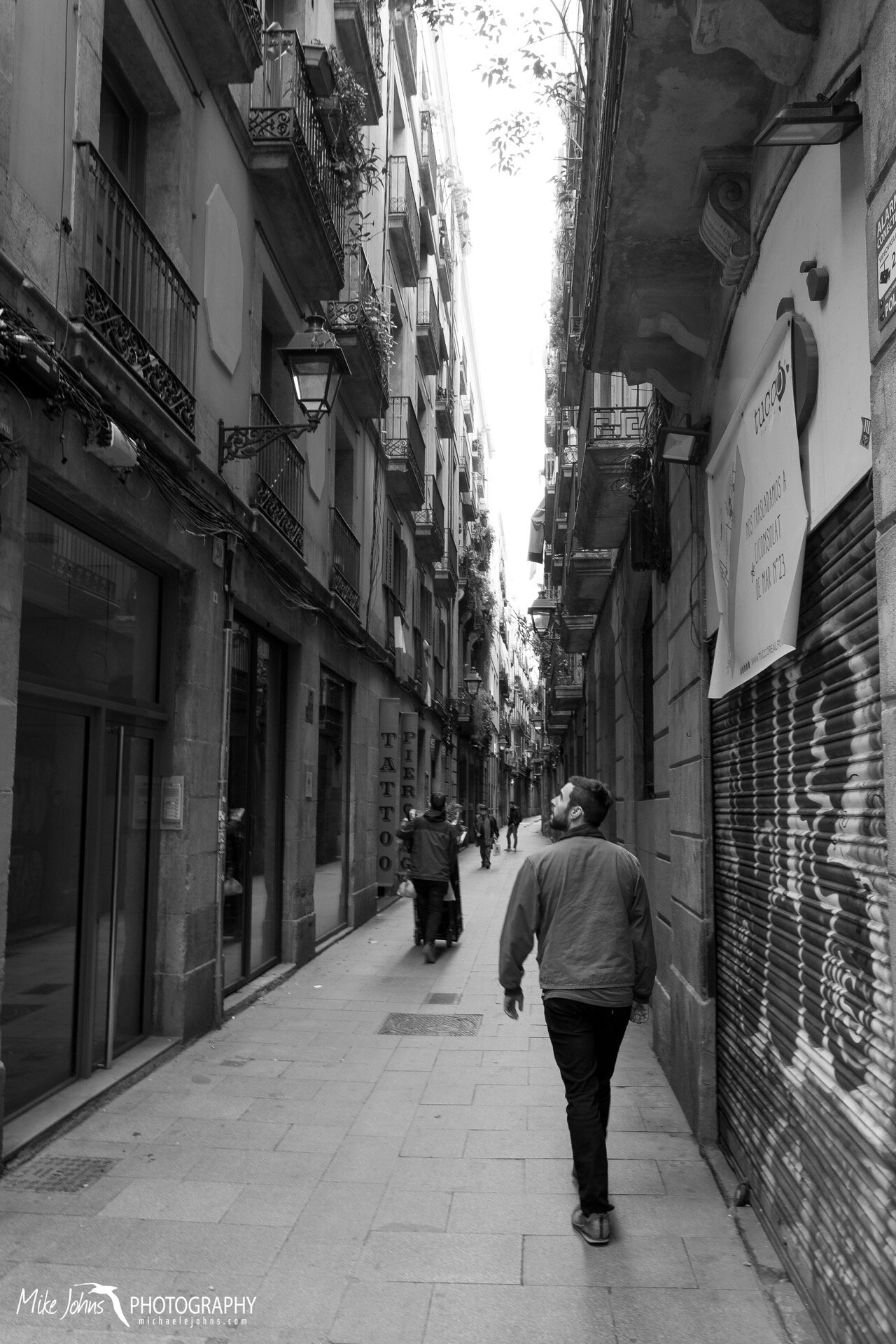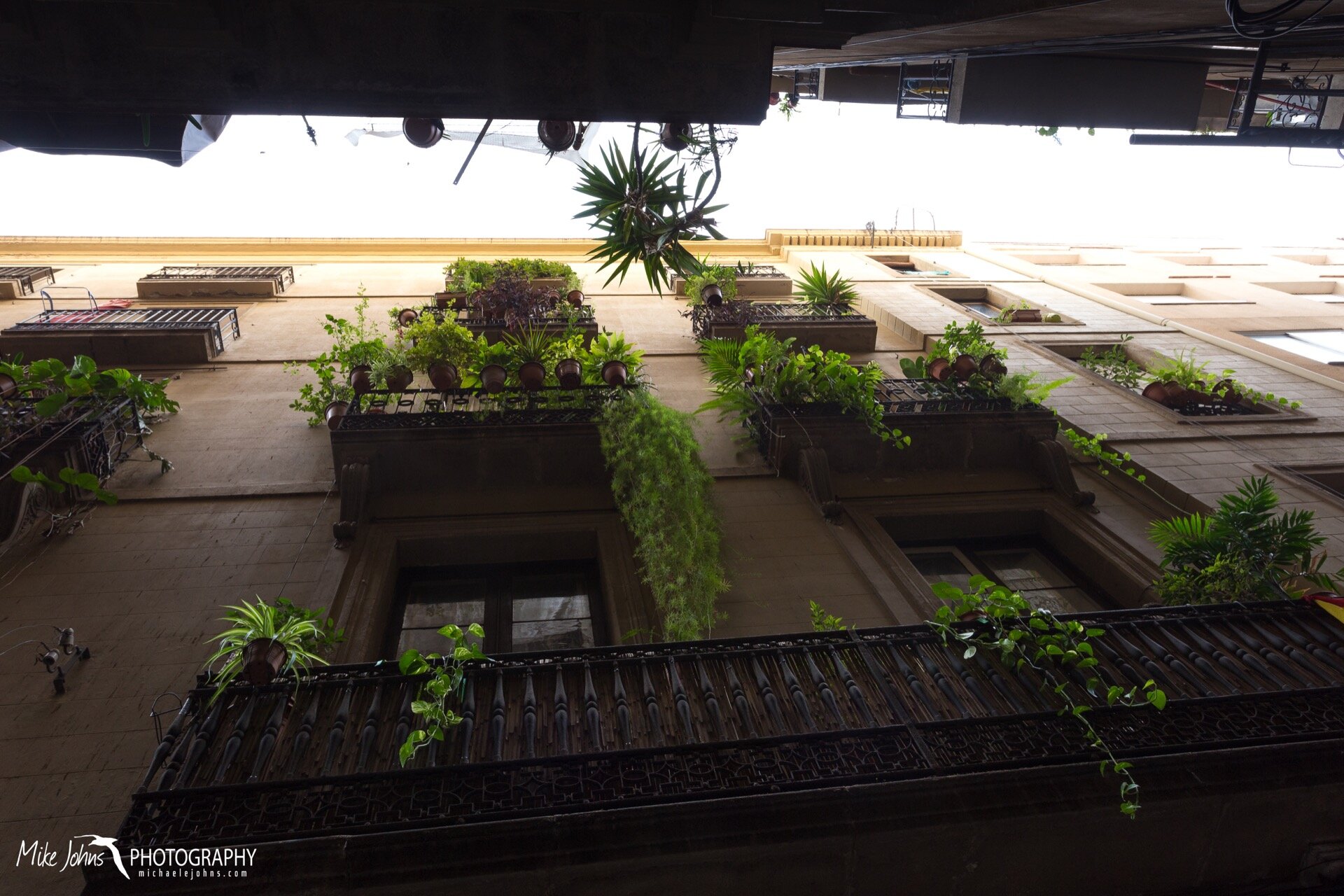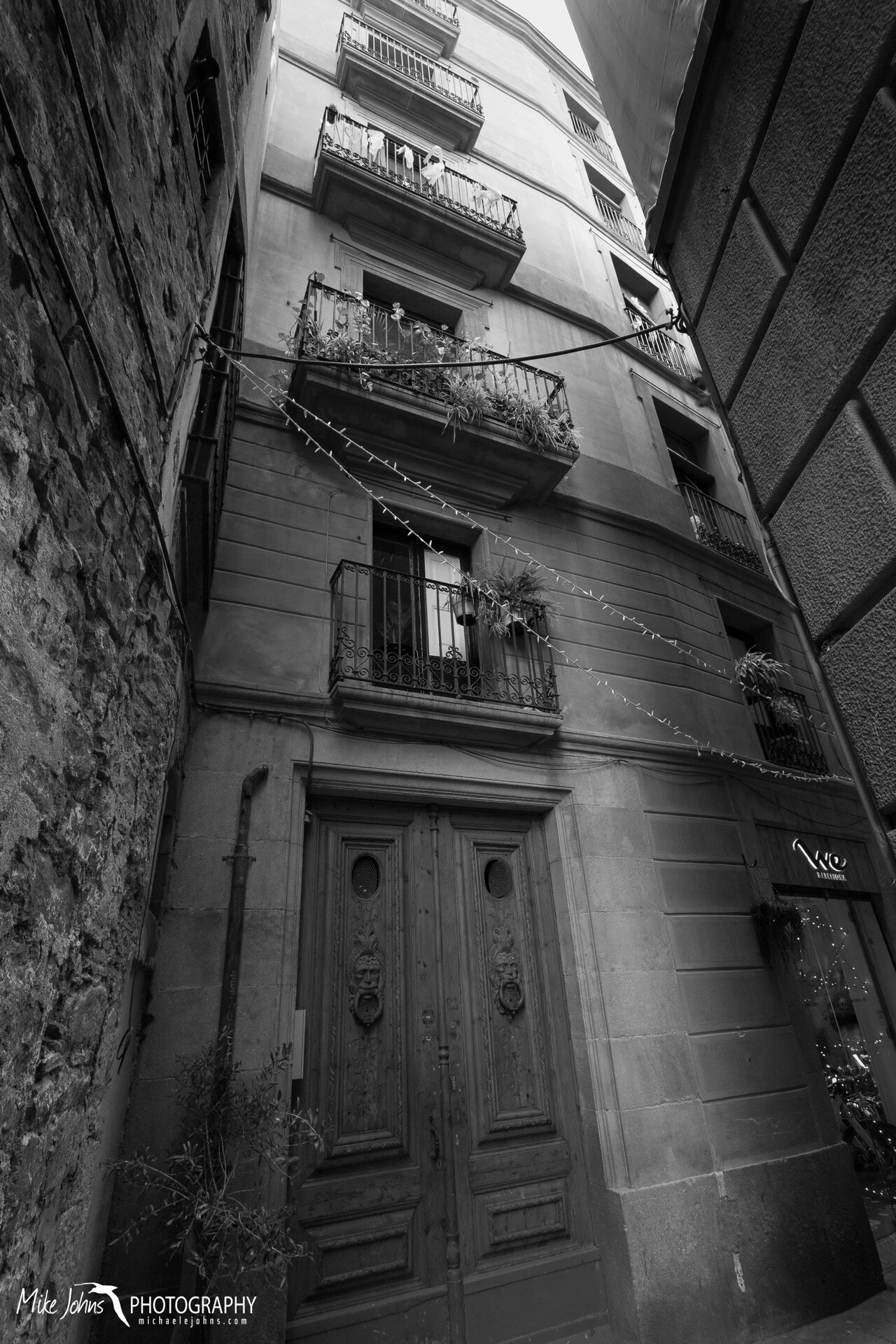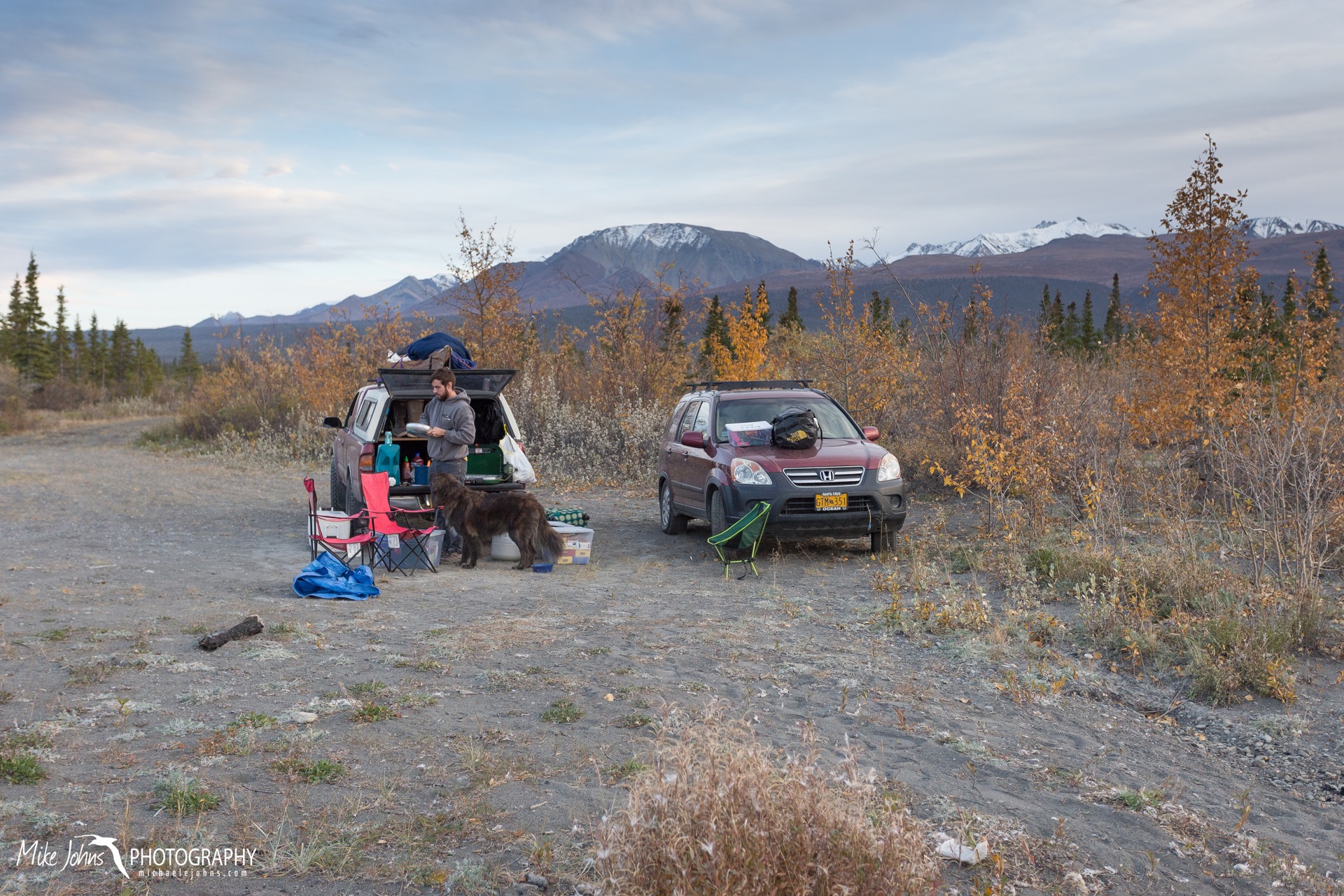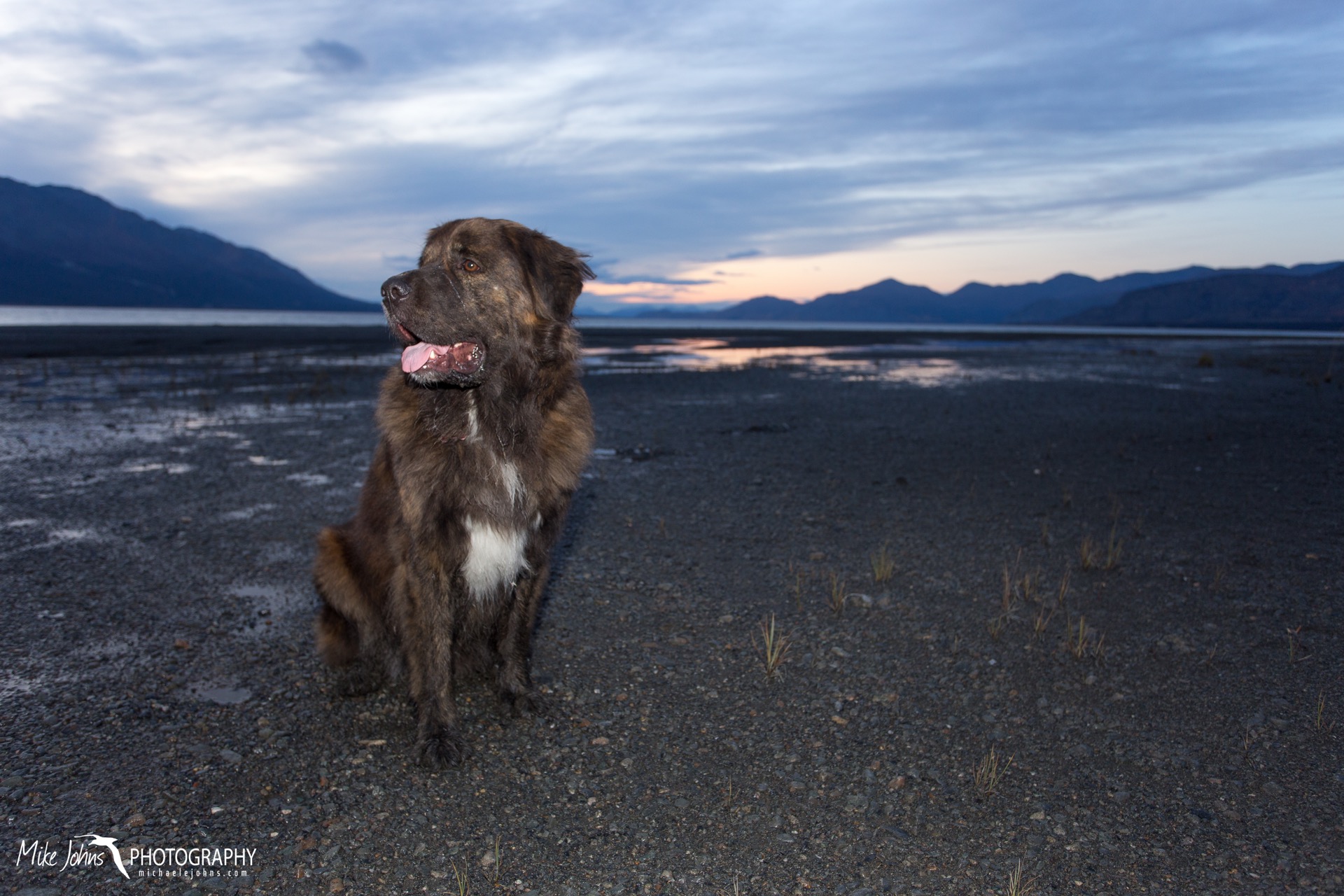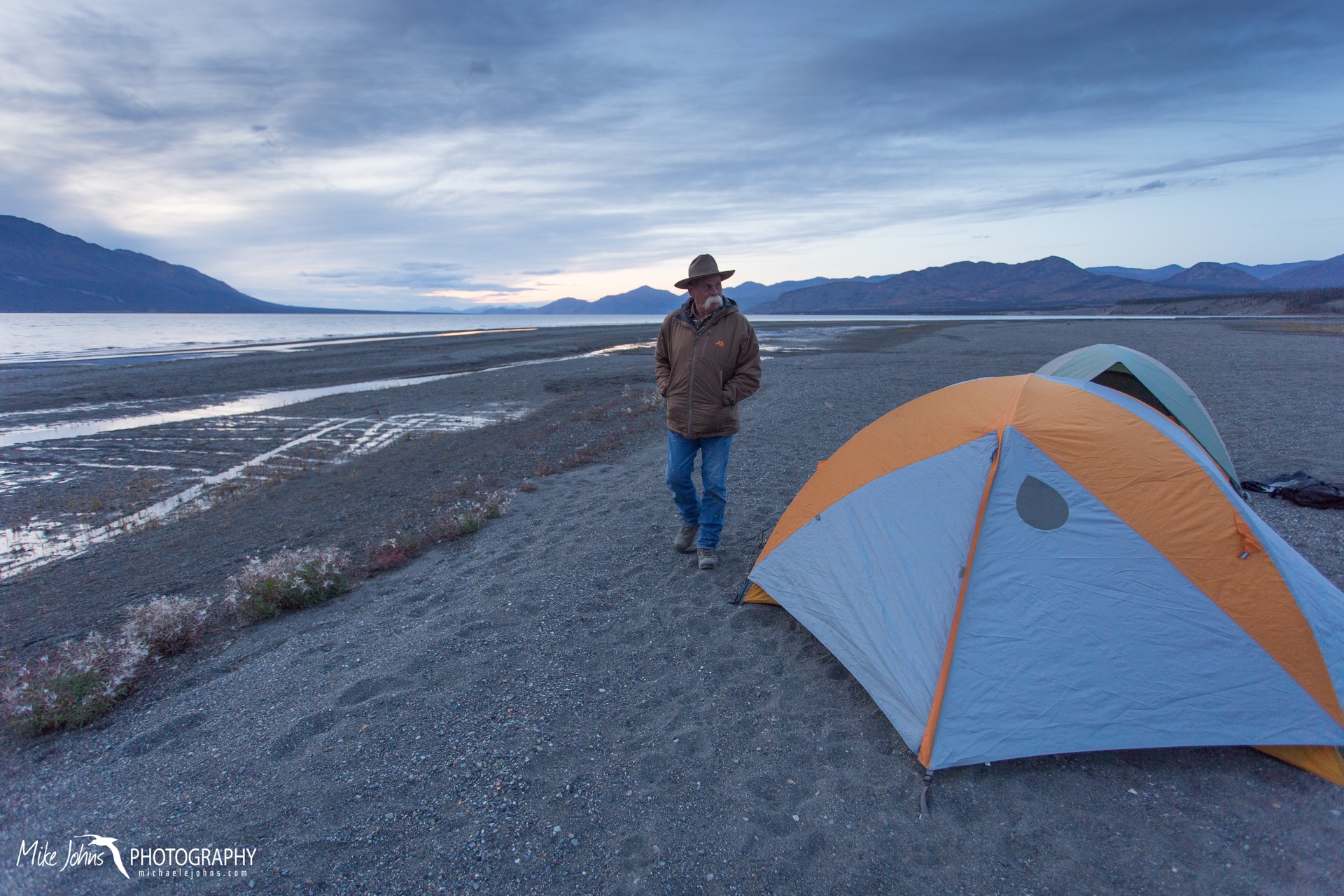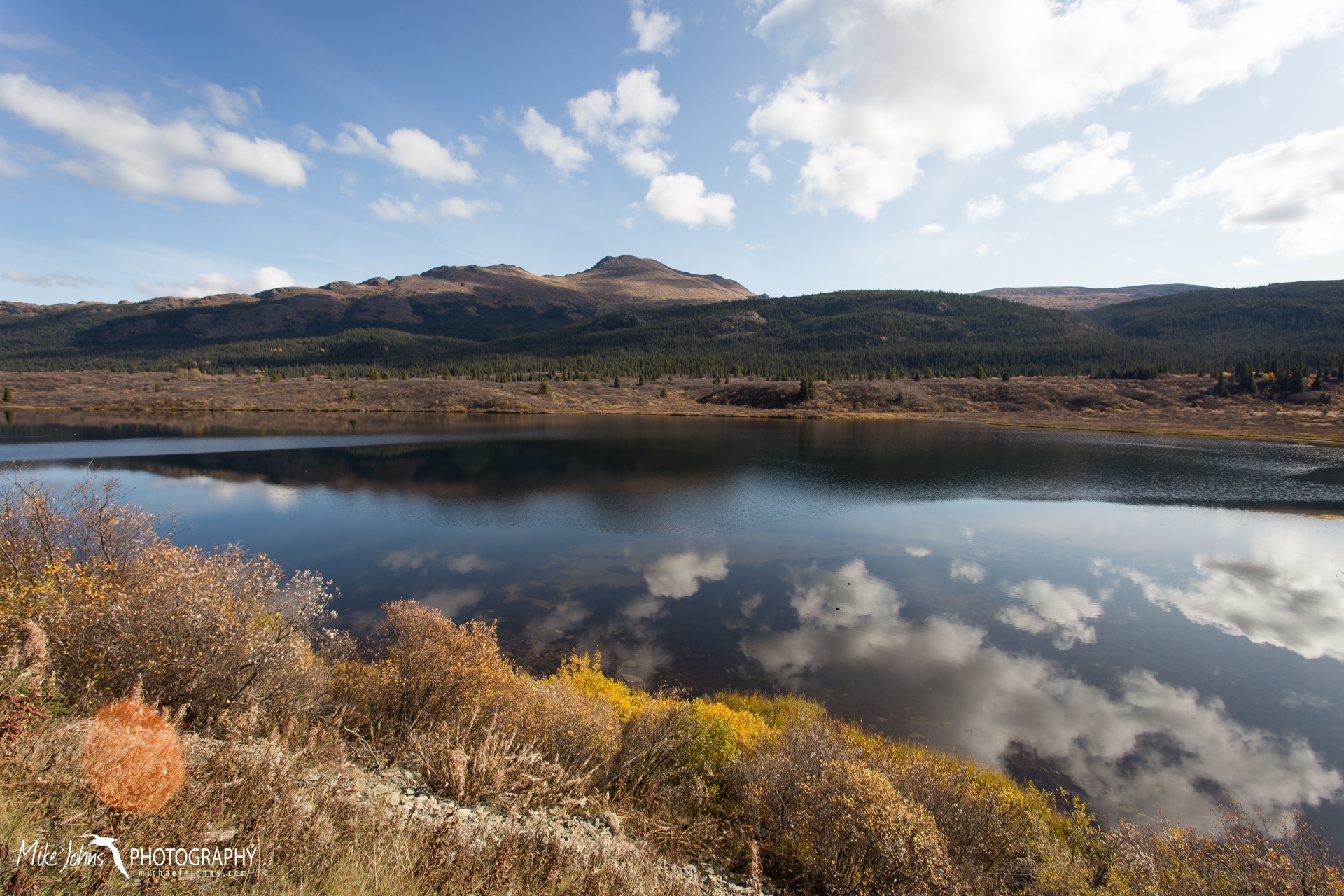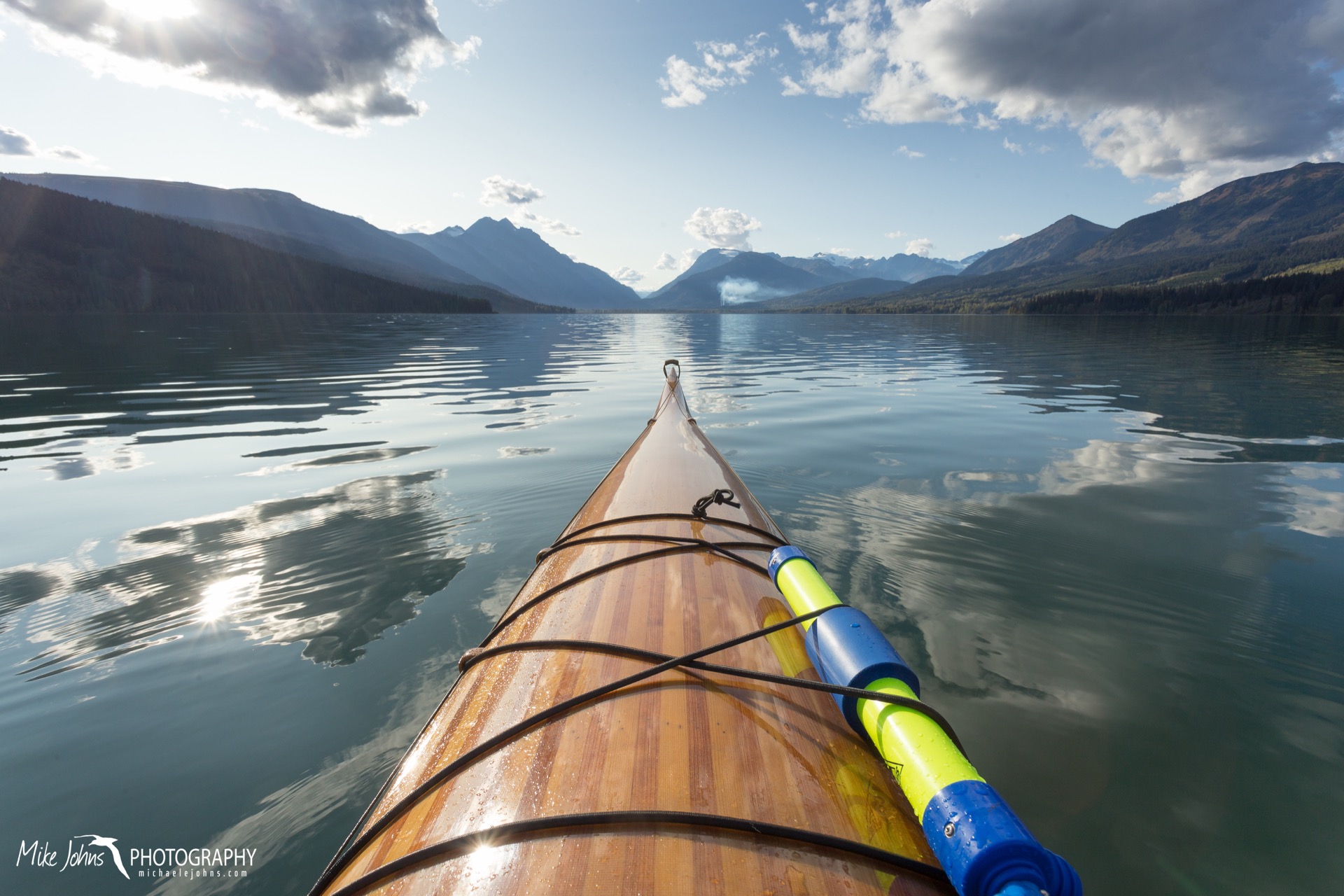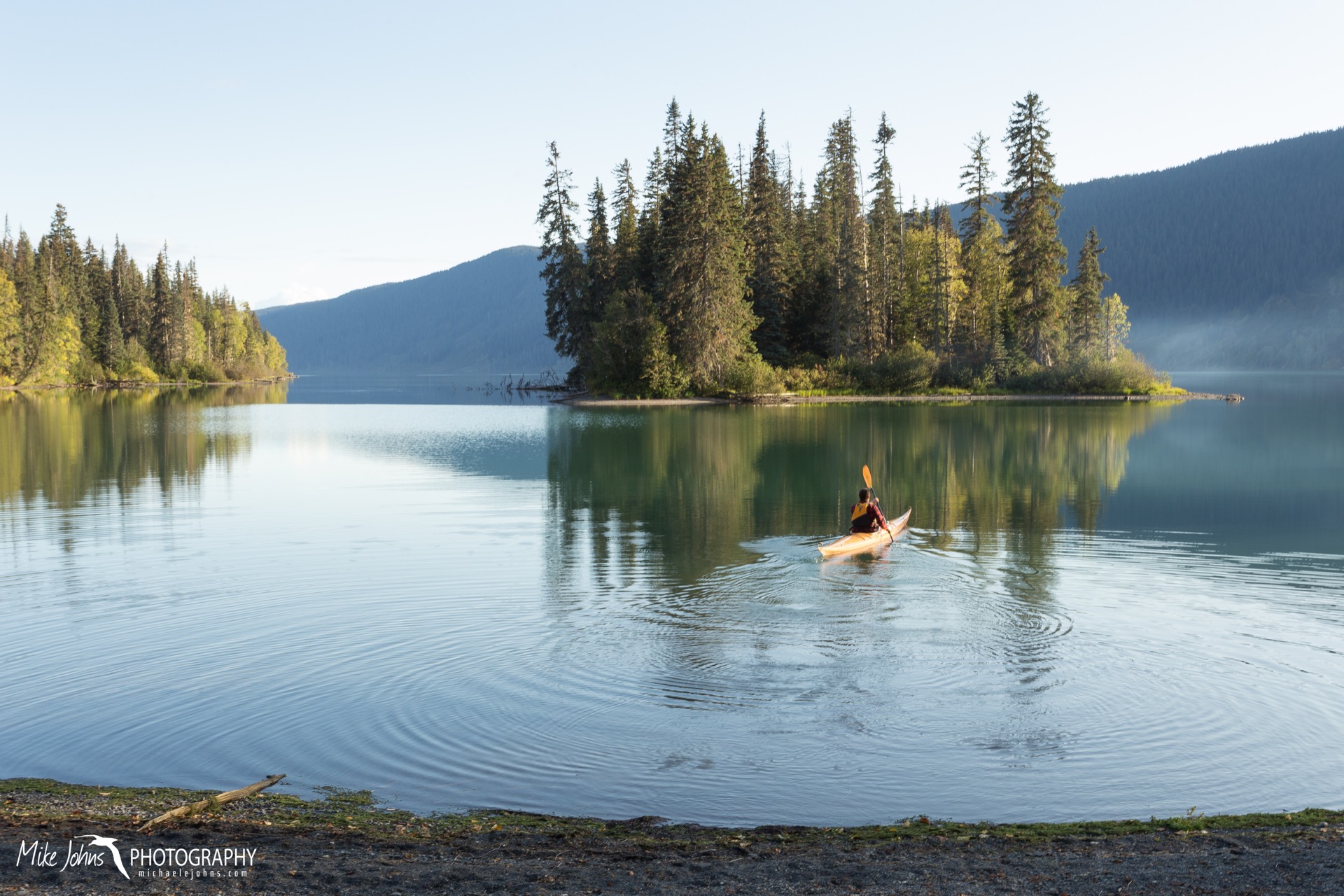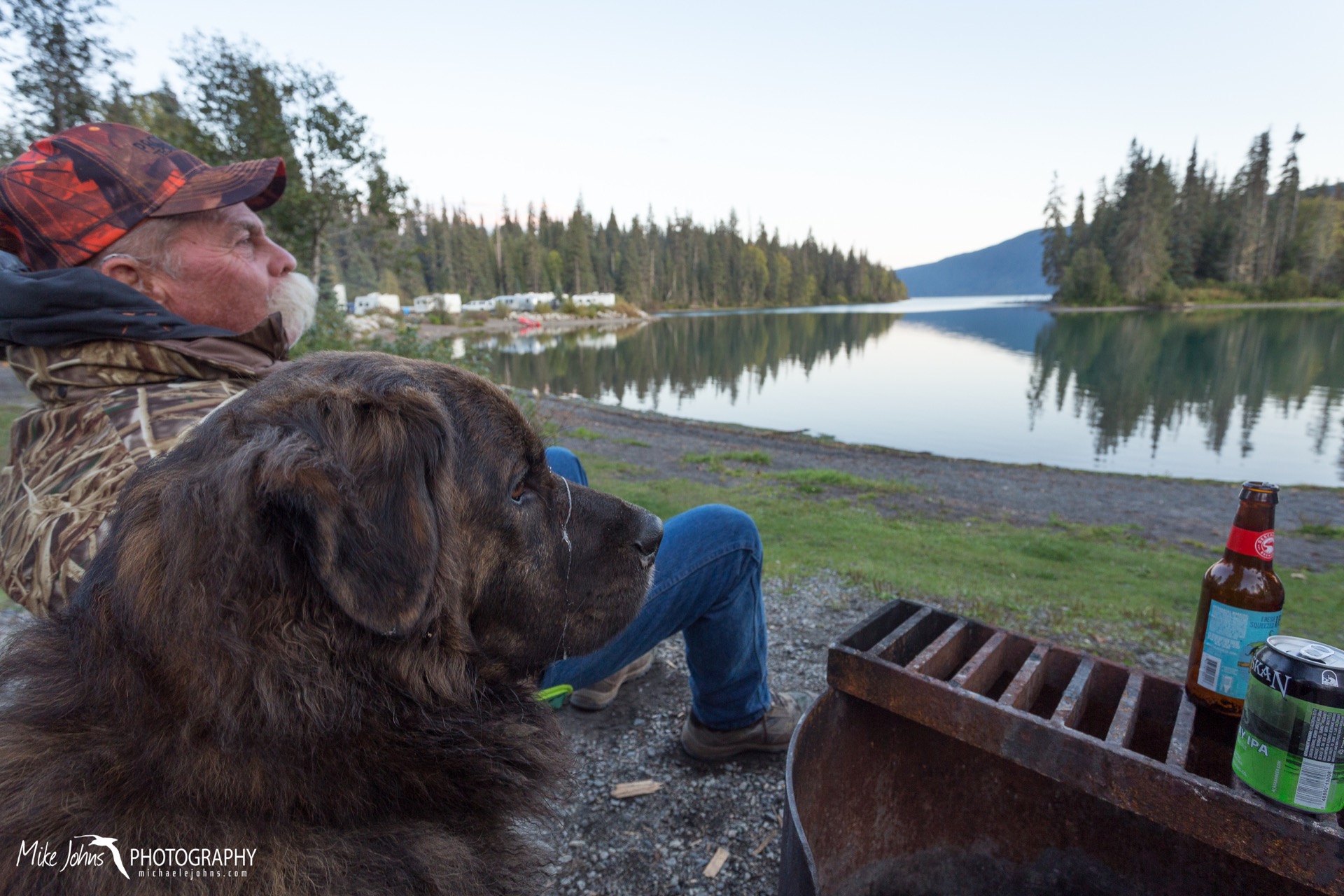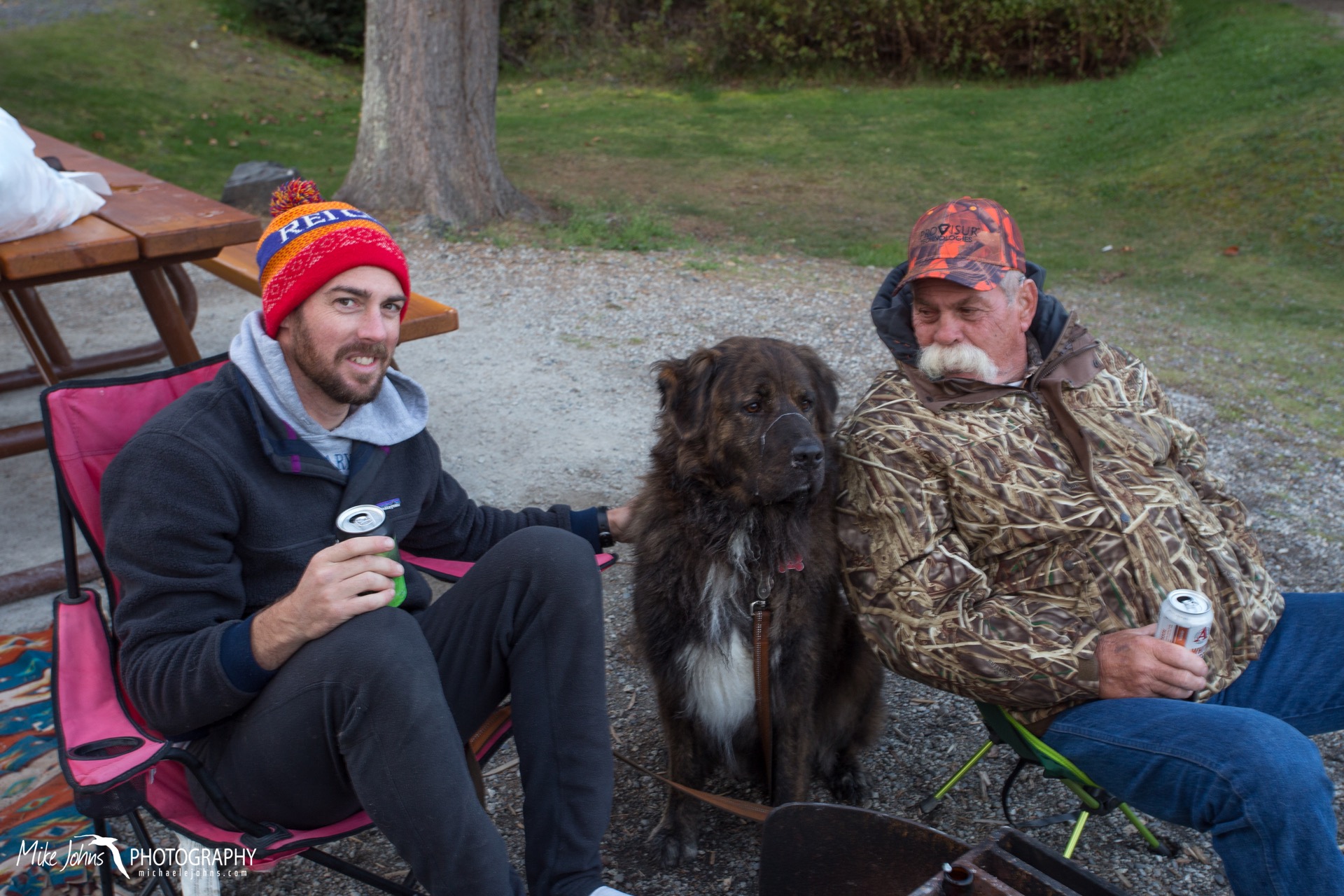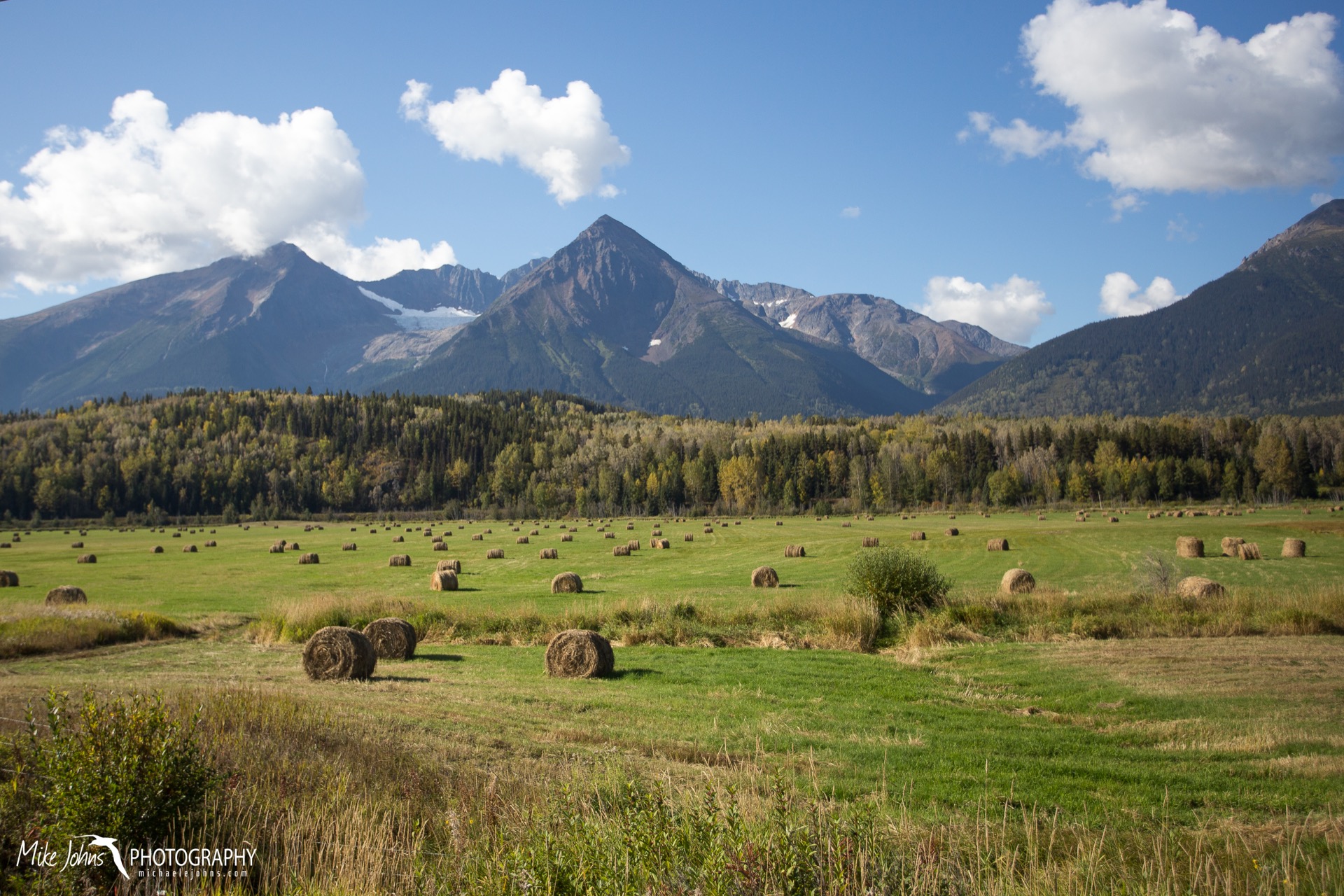Here is a photo dump from our recent trip to Western Australia. We spent 10 days in a hired camper van on a loop from Perth, to Bremer Bay, along the southwest coast, to Margaret River, and back to Perth. Too many highlights to mention, but there are two in particular worth calling out. First, our drive and hike around Fitzgerald River National Park for a Banksia overload, and some other amazing rarities endemic to only that small corner of the world. I think we counted over 20 different species of Banksia, and the Royal Hakea (Hakea victoria) was a real treat. The second was the Bald Head Walk Trail in Torndirrup National Park, which in our estimation was the most incredible hike we’ve ever been on. Exfoliating granite plutons plunging into the blue sea with colorful Australia wildflowers and massive brown Banksia seed pods dotting the foreground. Words cannot describe the beauty, so here are the photos.
Camper Van Part Two: Western Australia Edition /
Here is a photo dump from our recent trip to Western Australia. We spent 10 days in a hired camper van on a loop from Perth, to Bremer Bay, along the southwest coast, to Margaret River, and back to Perth. Too many highlights to mention, but there are two in particular worth calling out. First, our drive and hike around Fitzgerald River National Park for a Banksia overload, and some other amazing rarities endemic to only that small corner of the world. I think we counted over 20 different species of Banksia, and the Royal Hakea (Hakea victoria) was a real treat. The second was the Bald Head Walk Trail in Torndirrup National Park, which in our estimation was the most incredible hike we’ve ever been on. Exfoliating granite plutons plunging into the blue sea with colorful Australia wildflowers and massive brown Banksia seed pods dotting the foreground. Words cannot describe the beauty, so here are the photos.




































